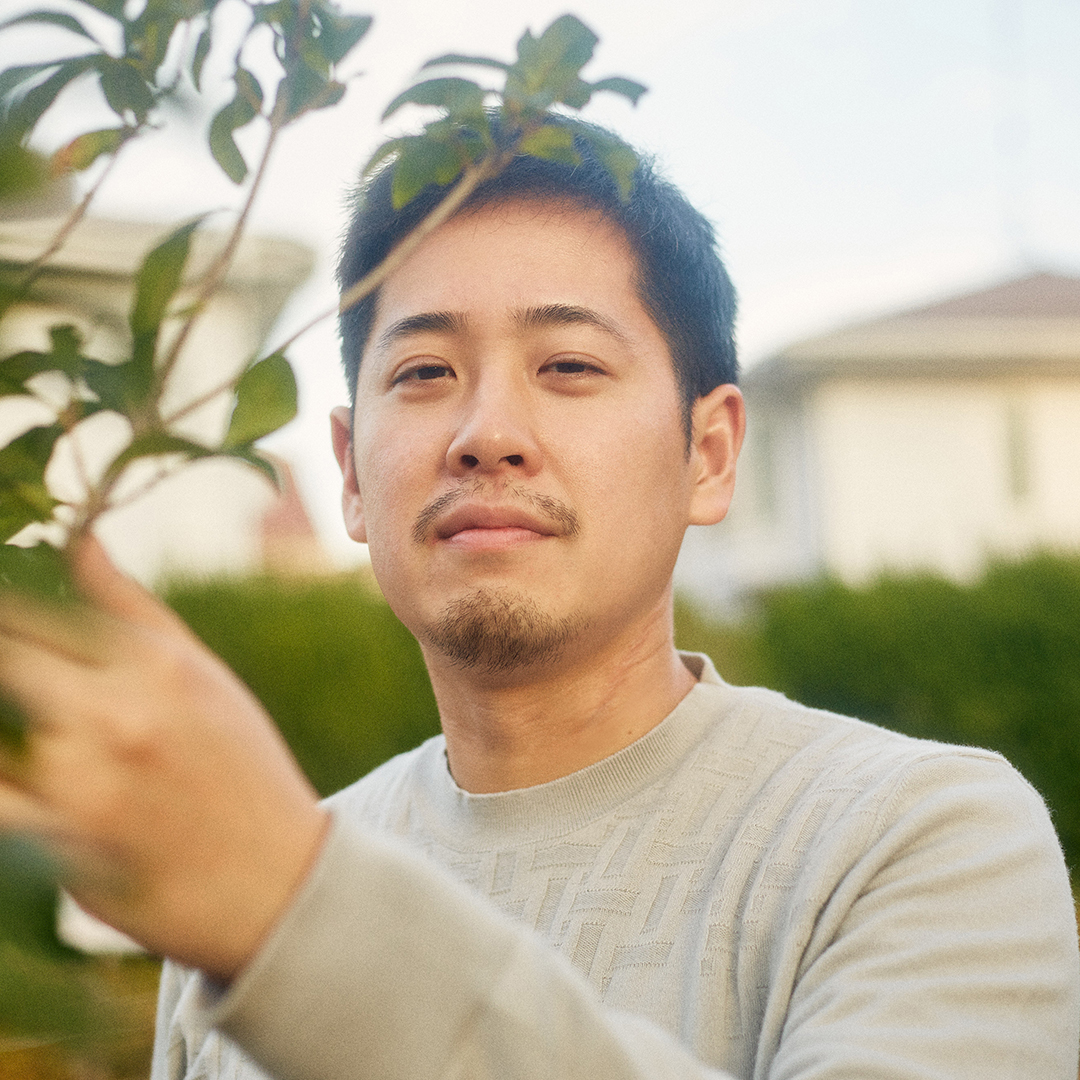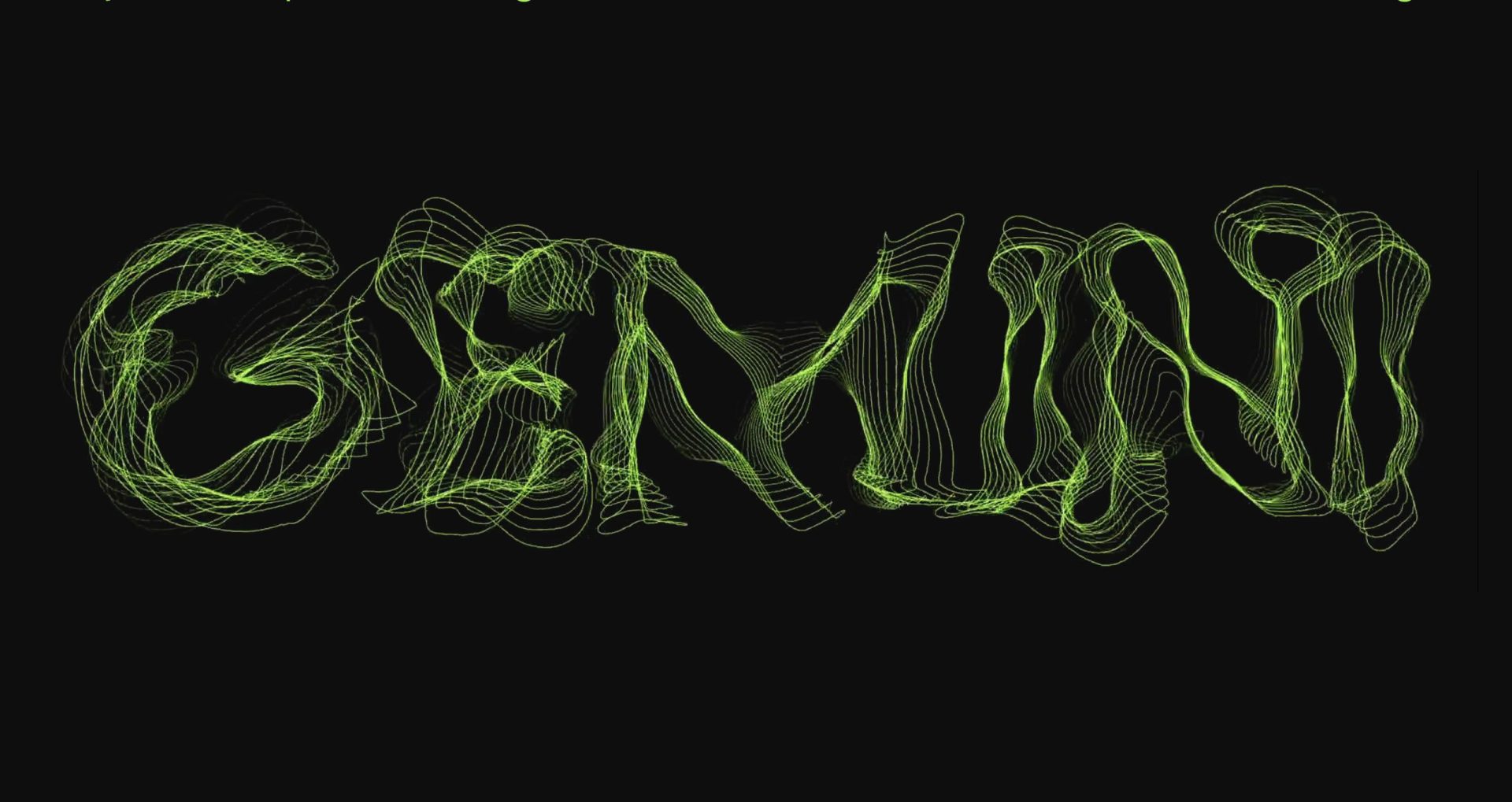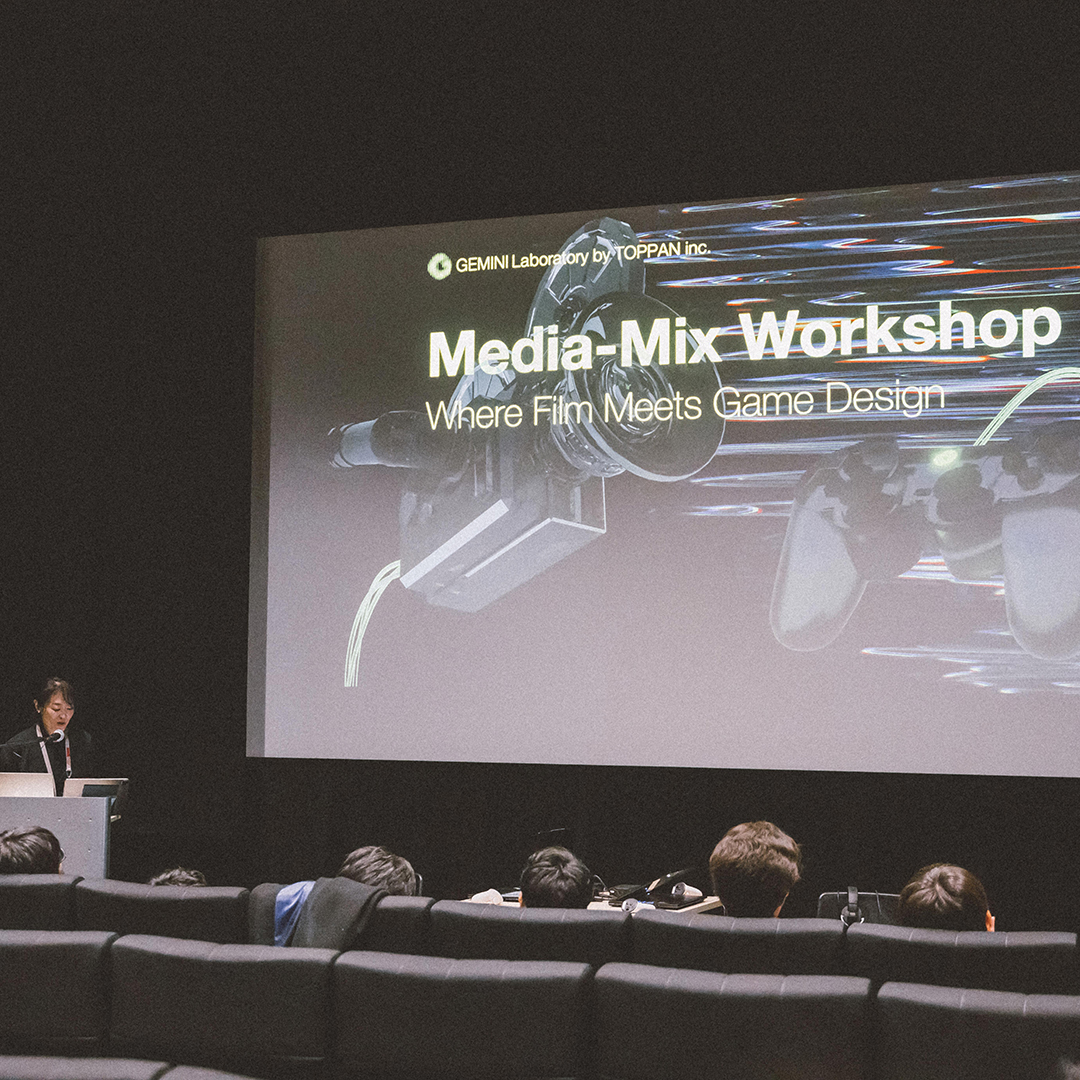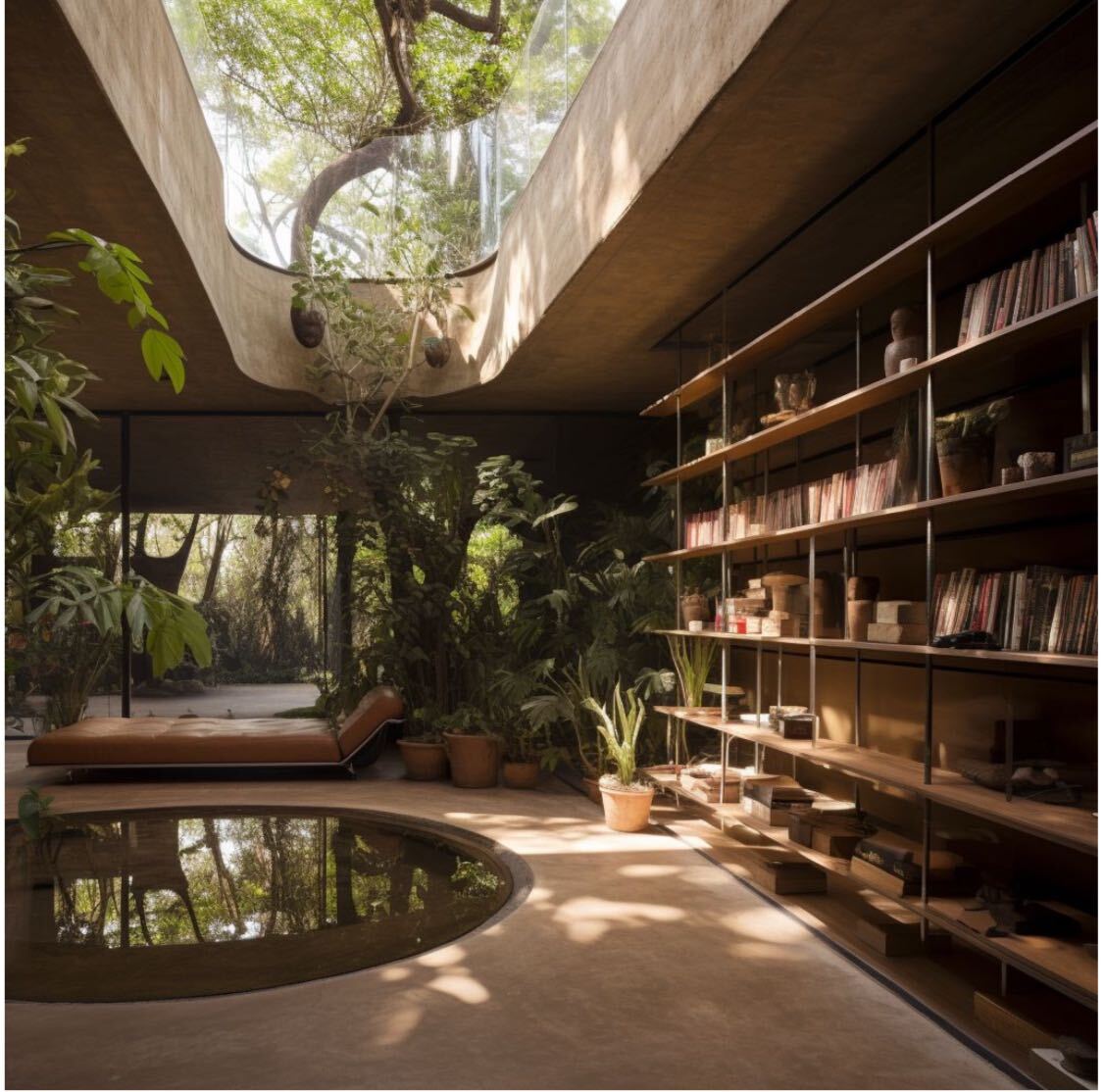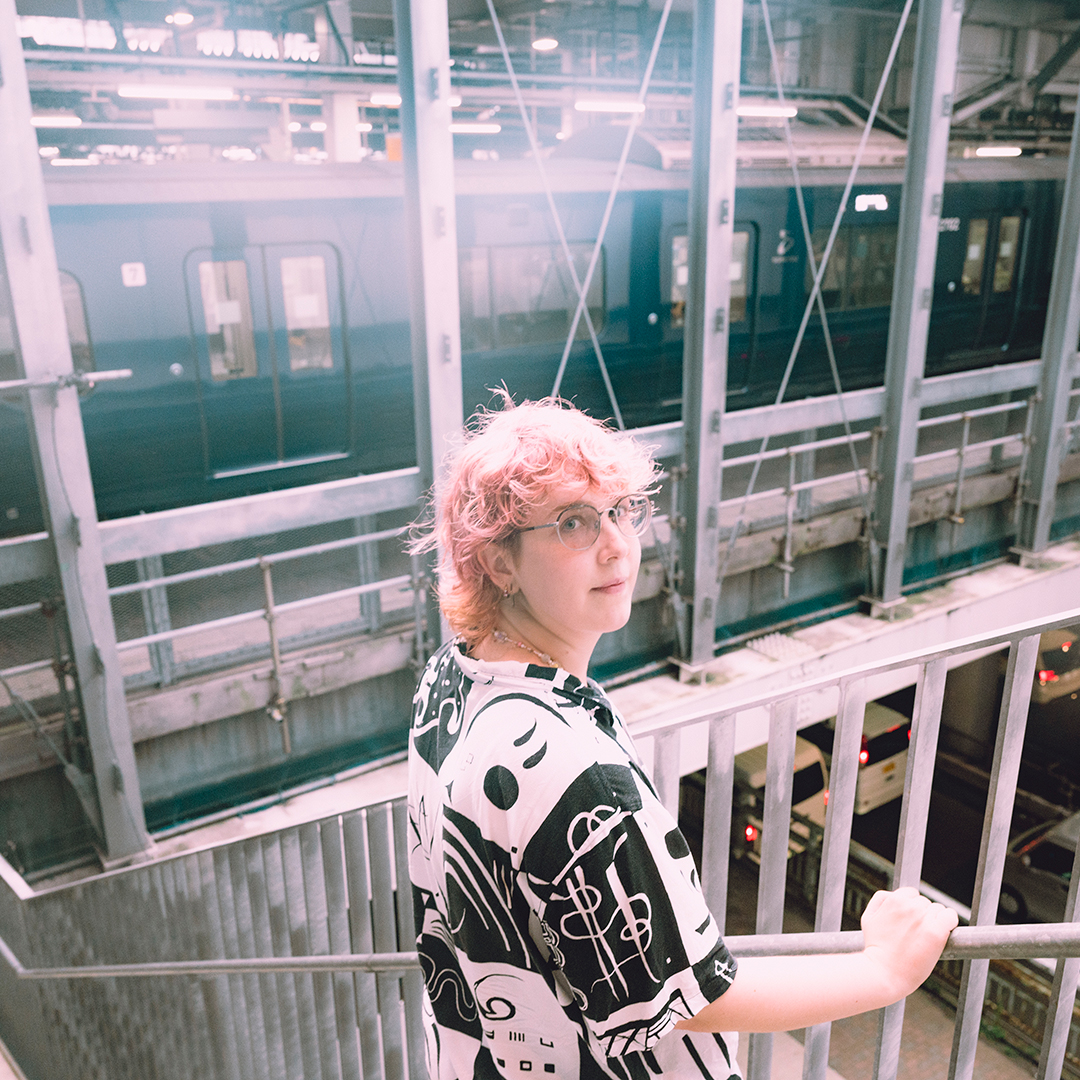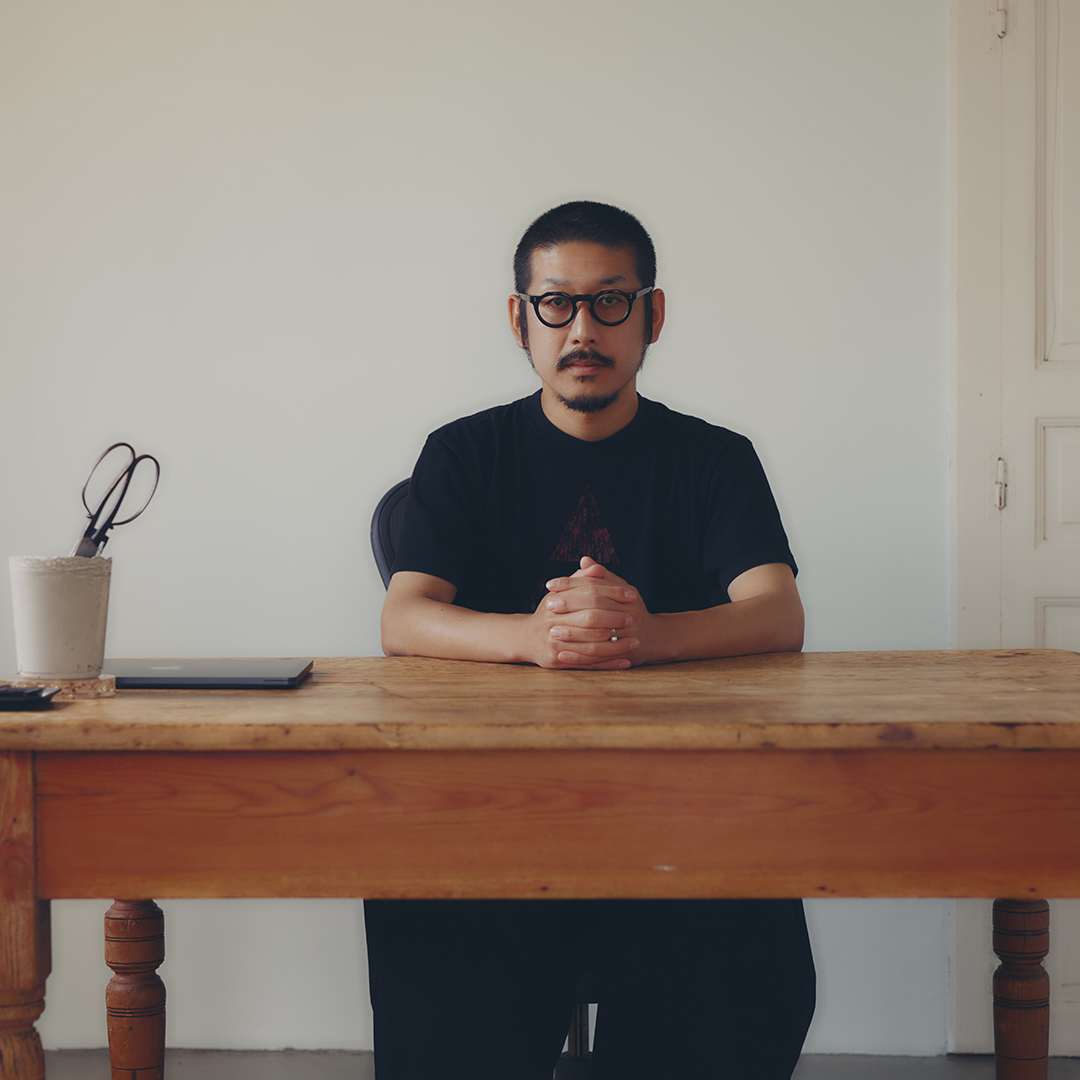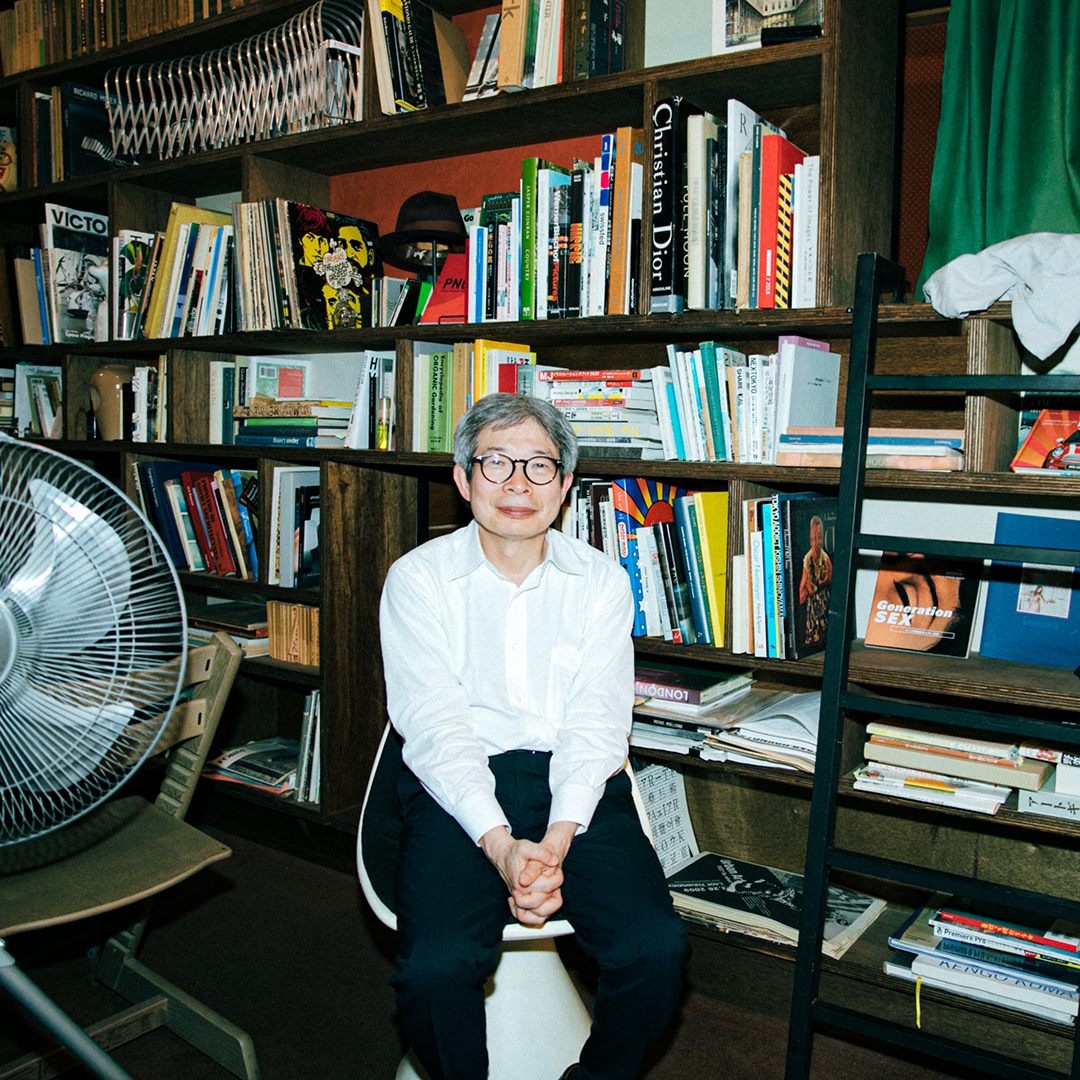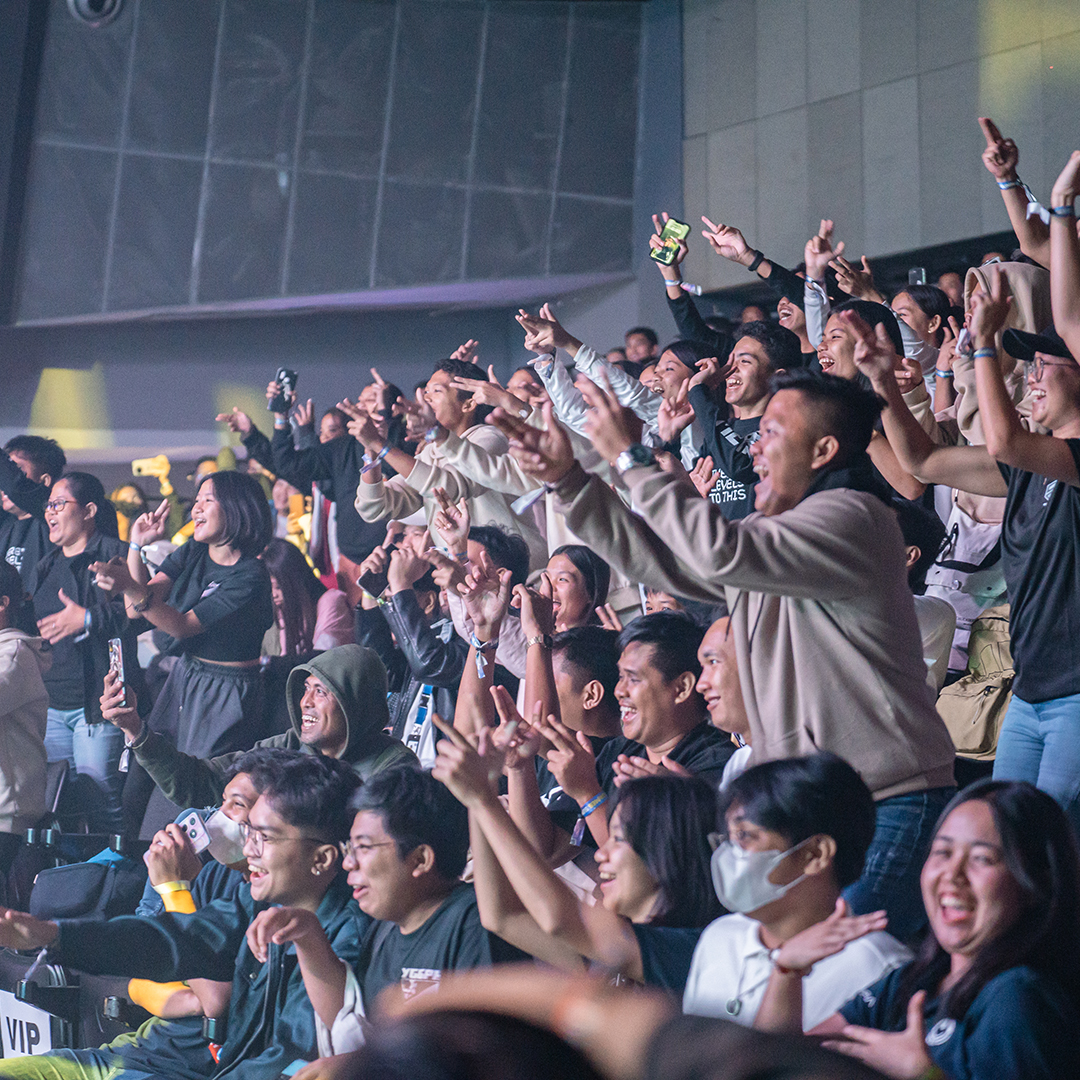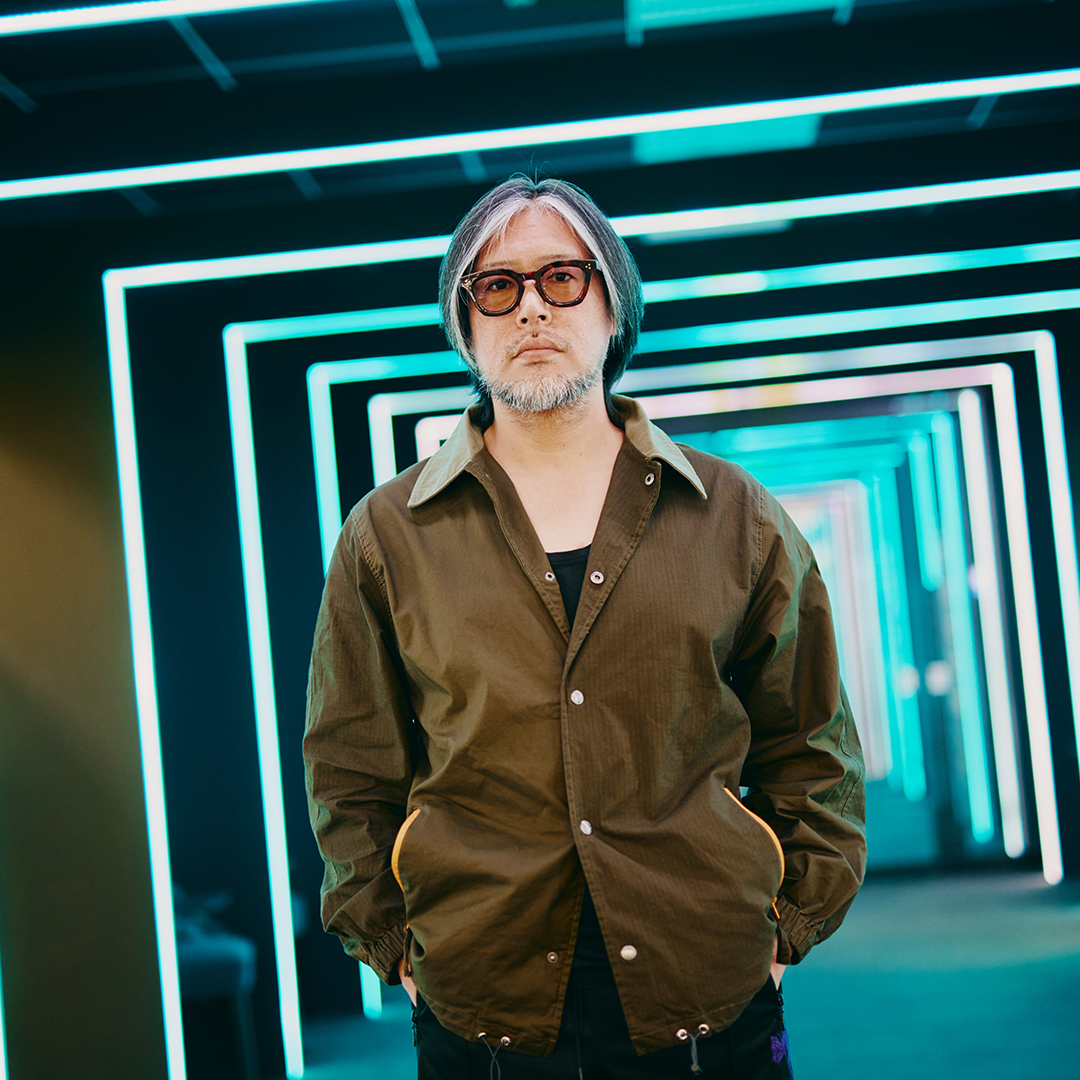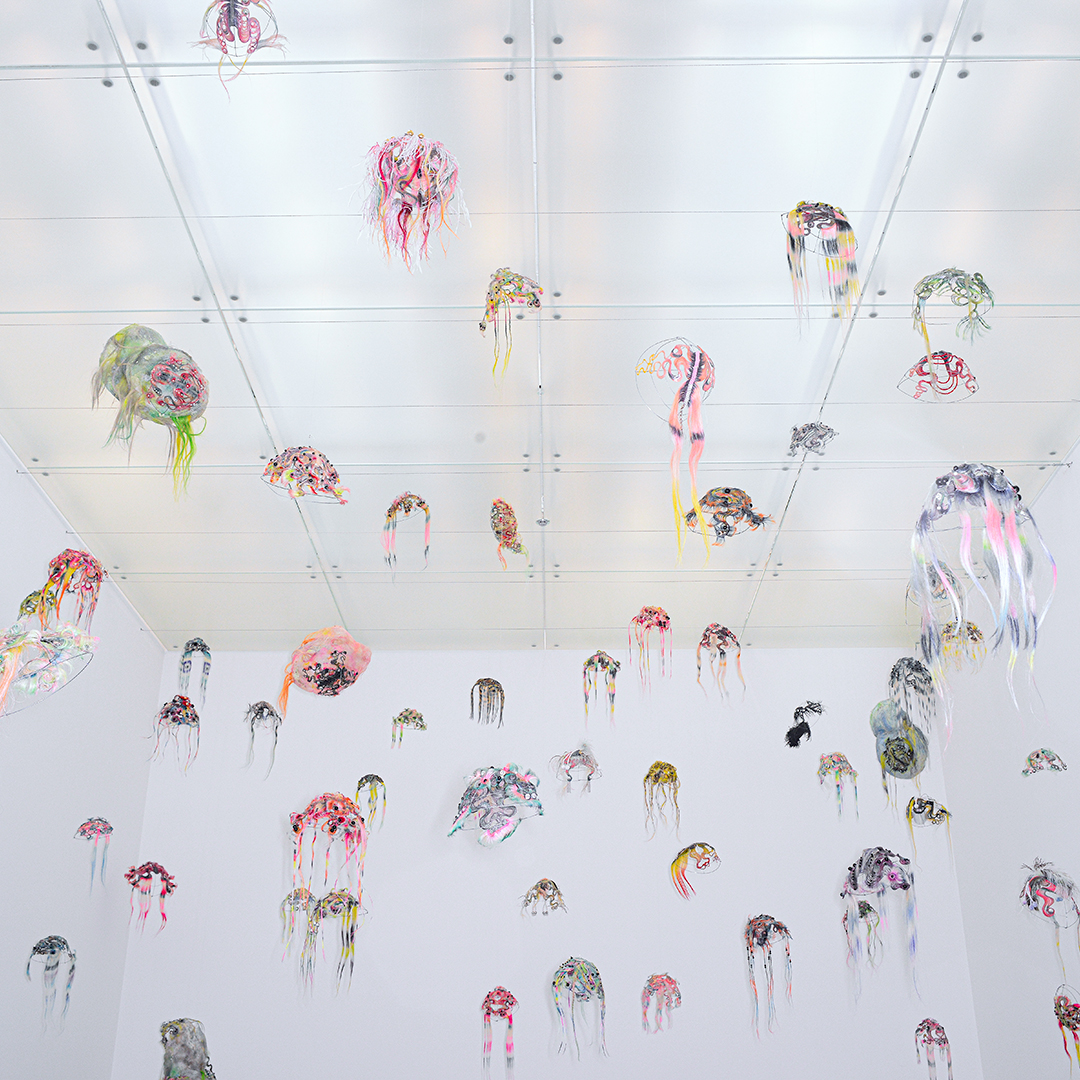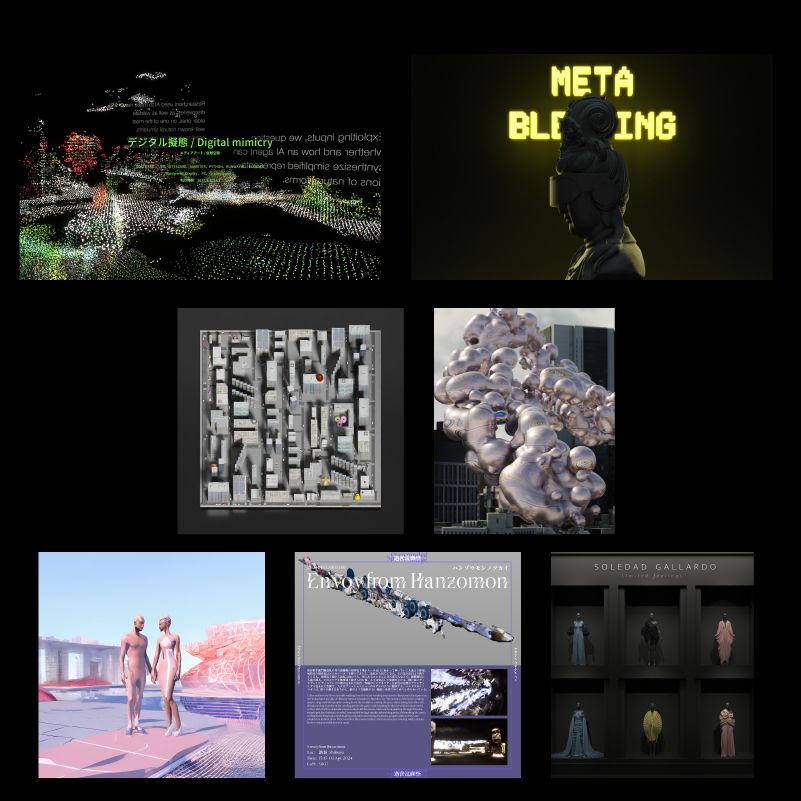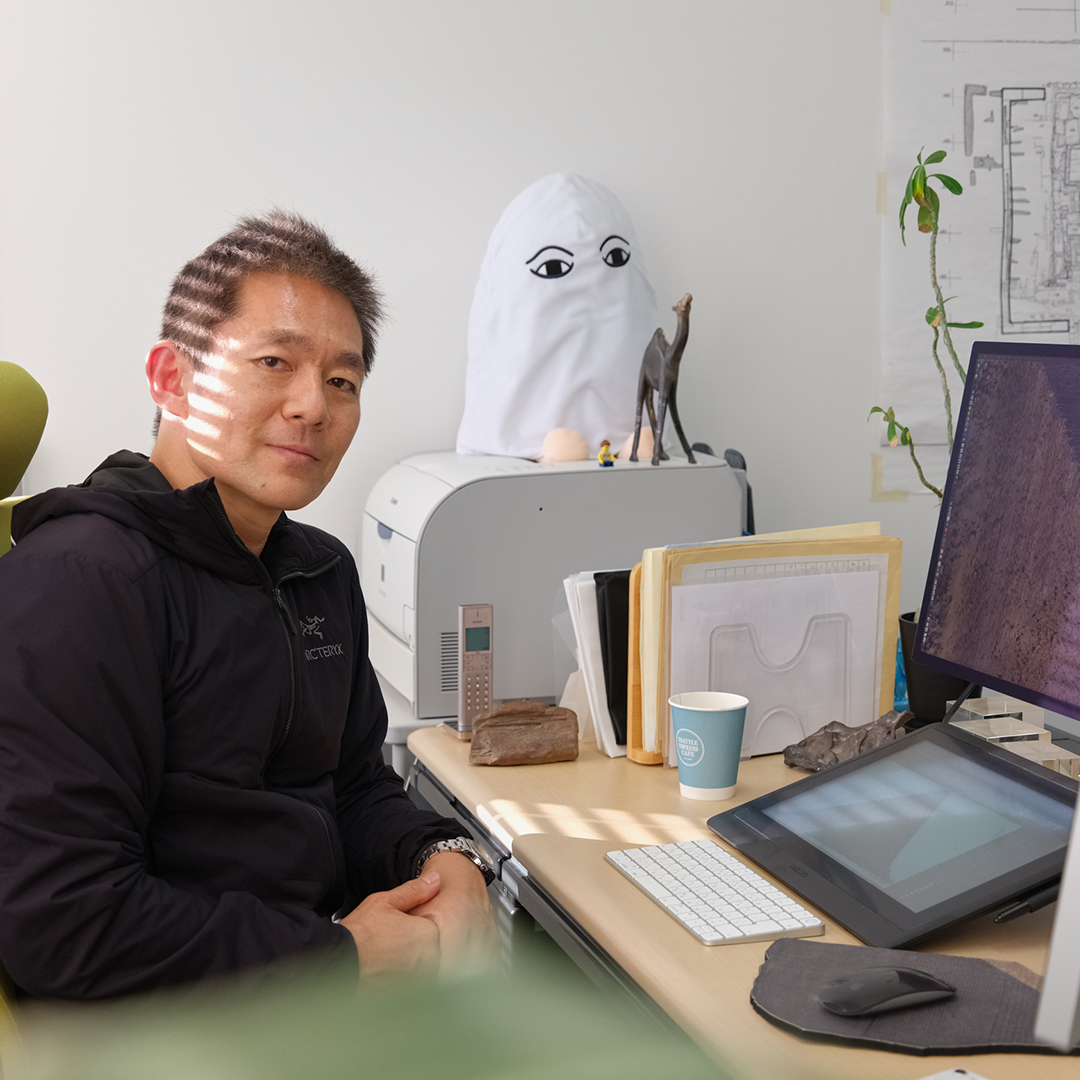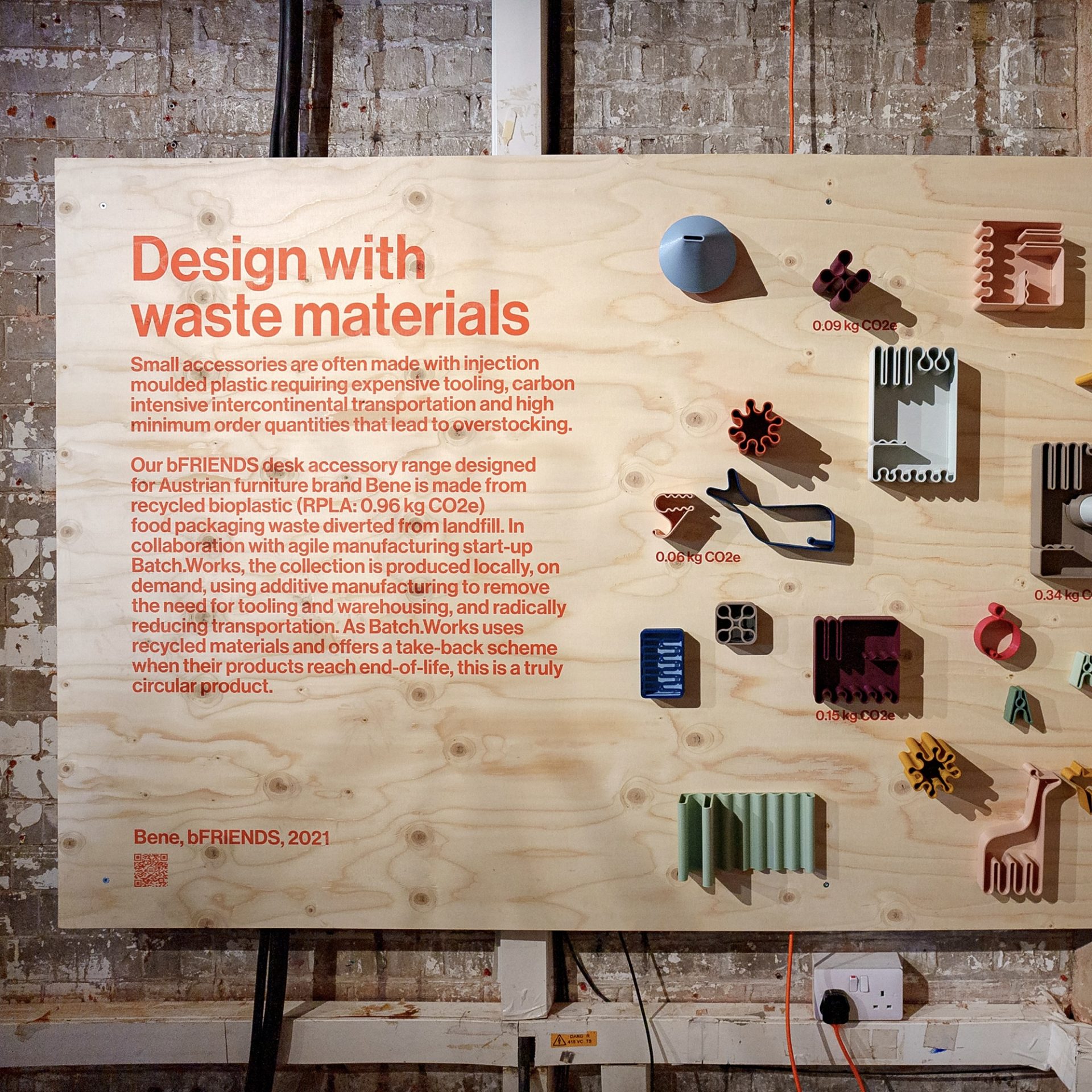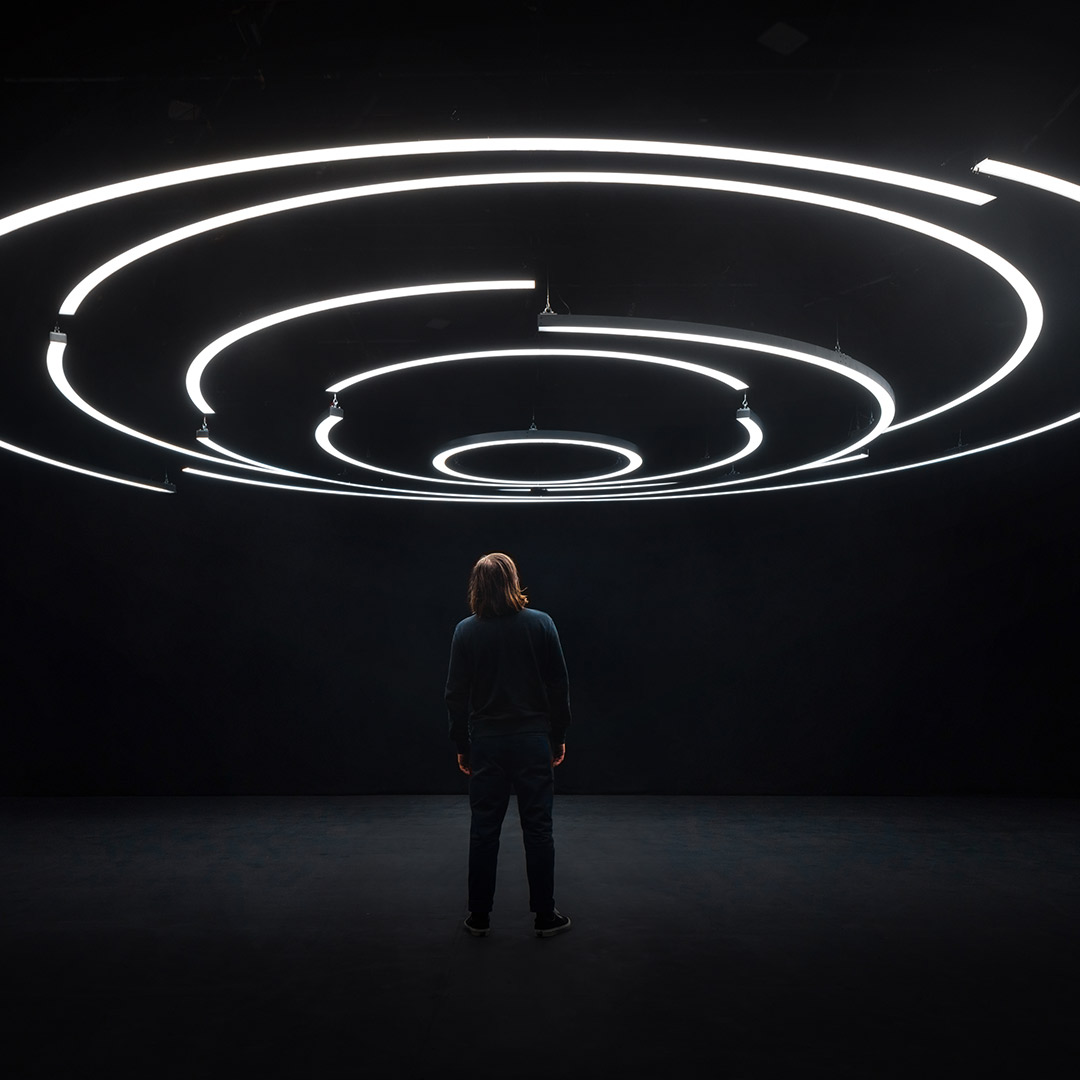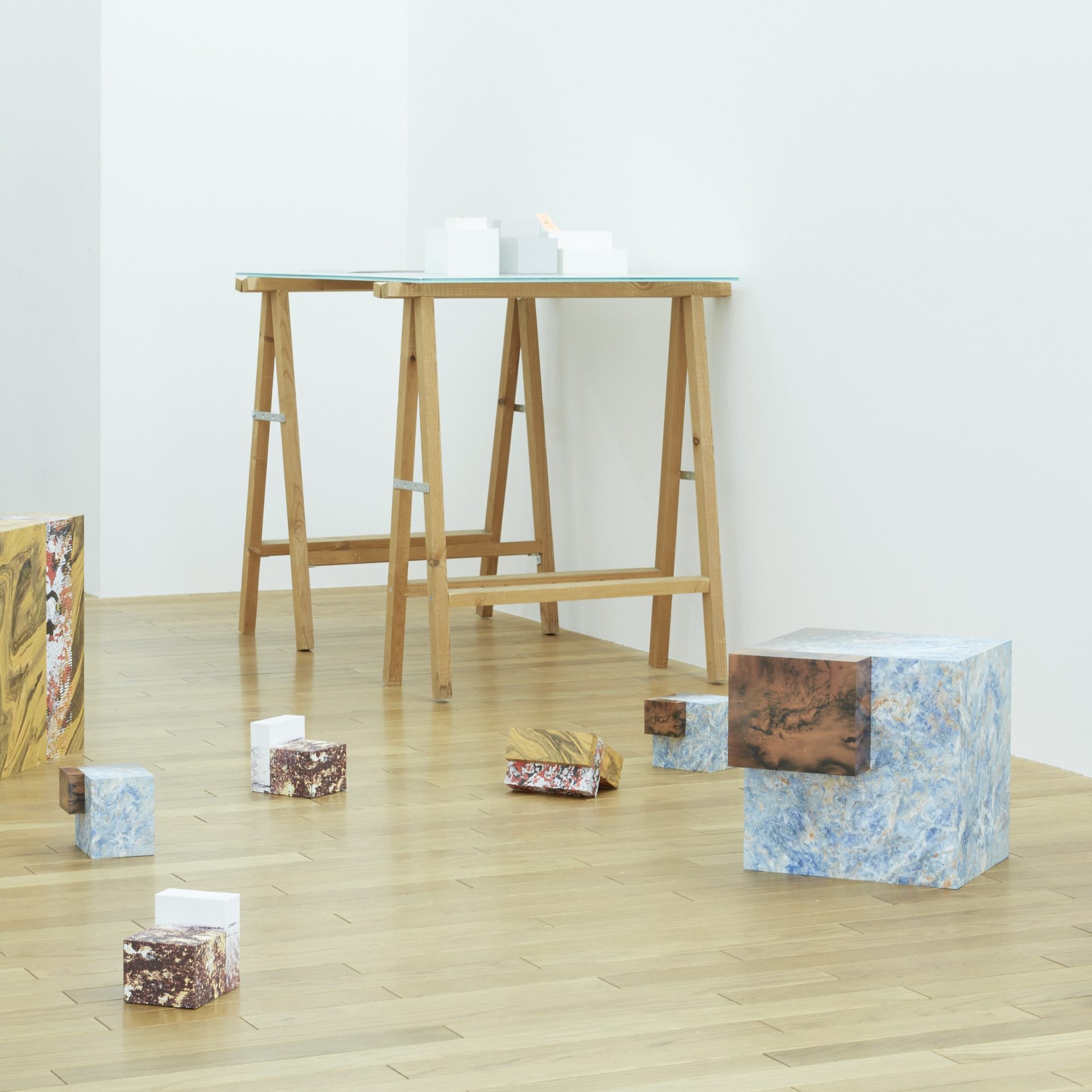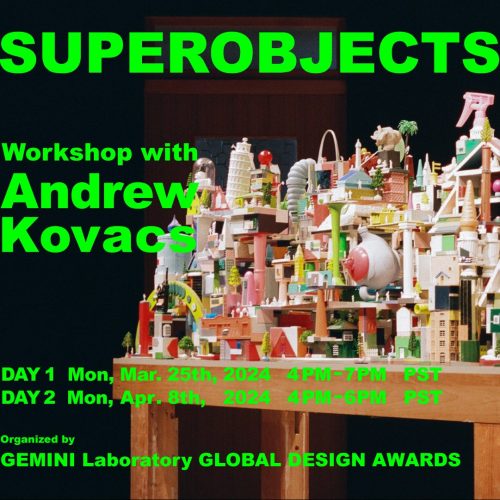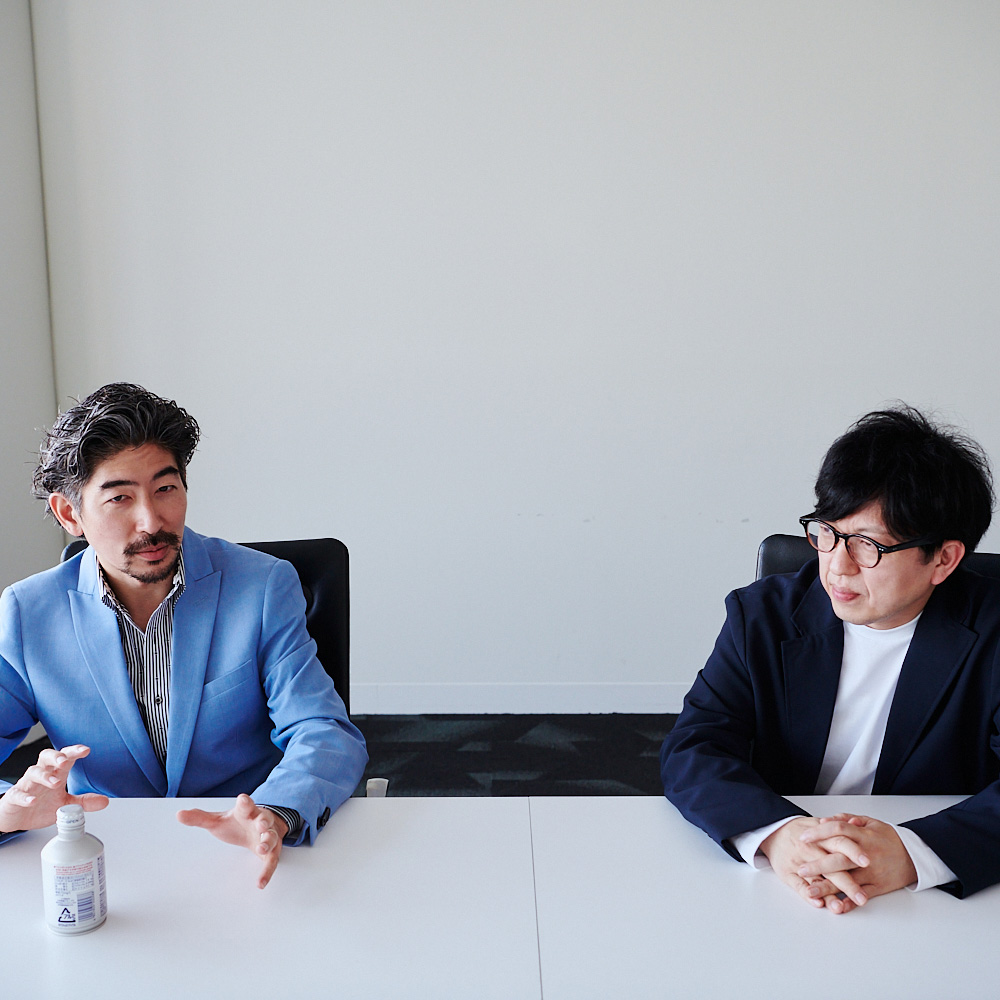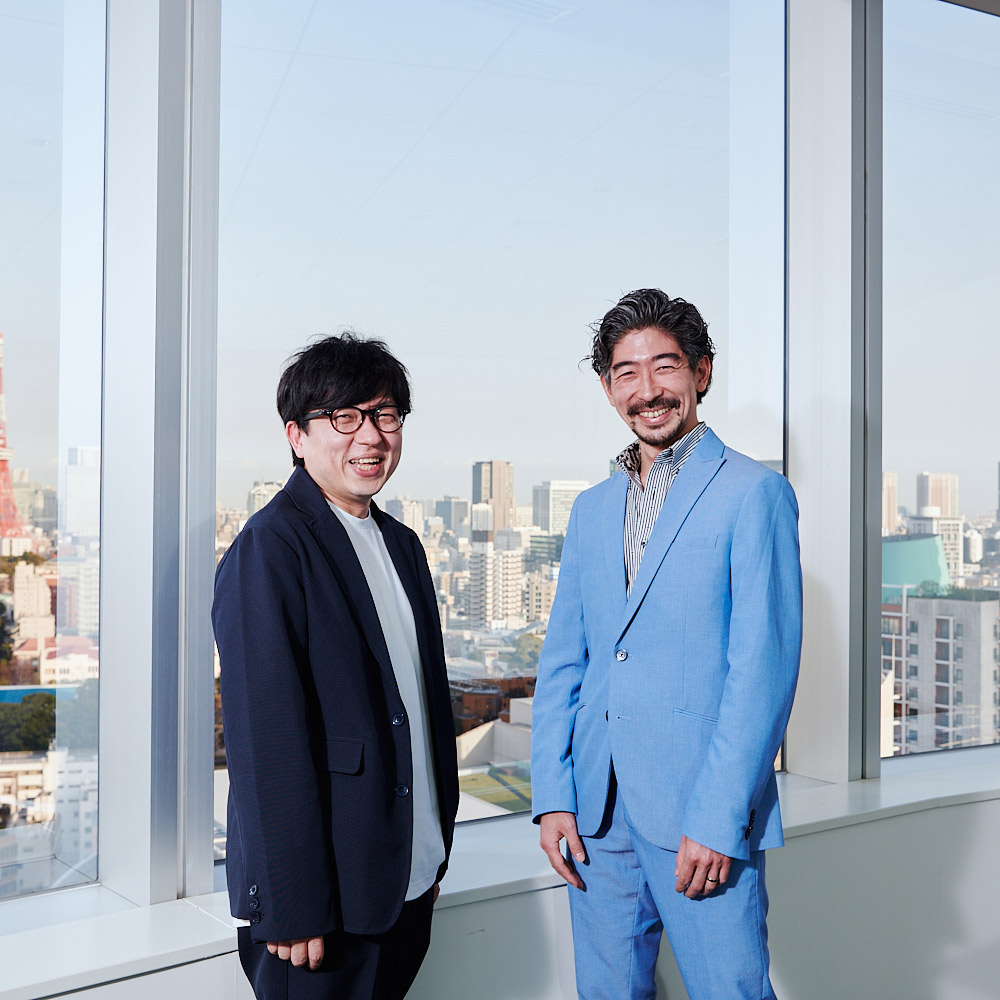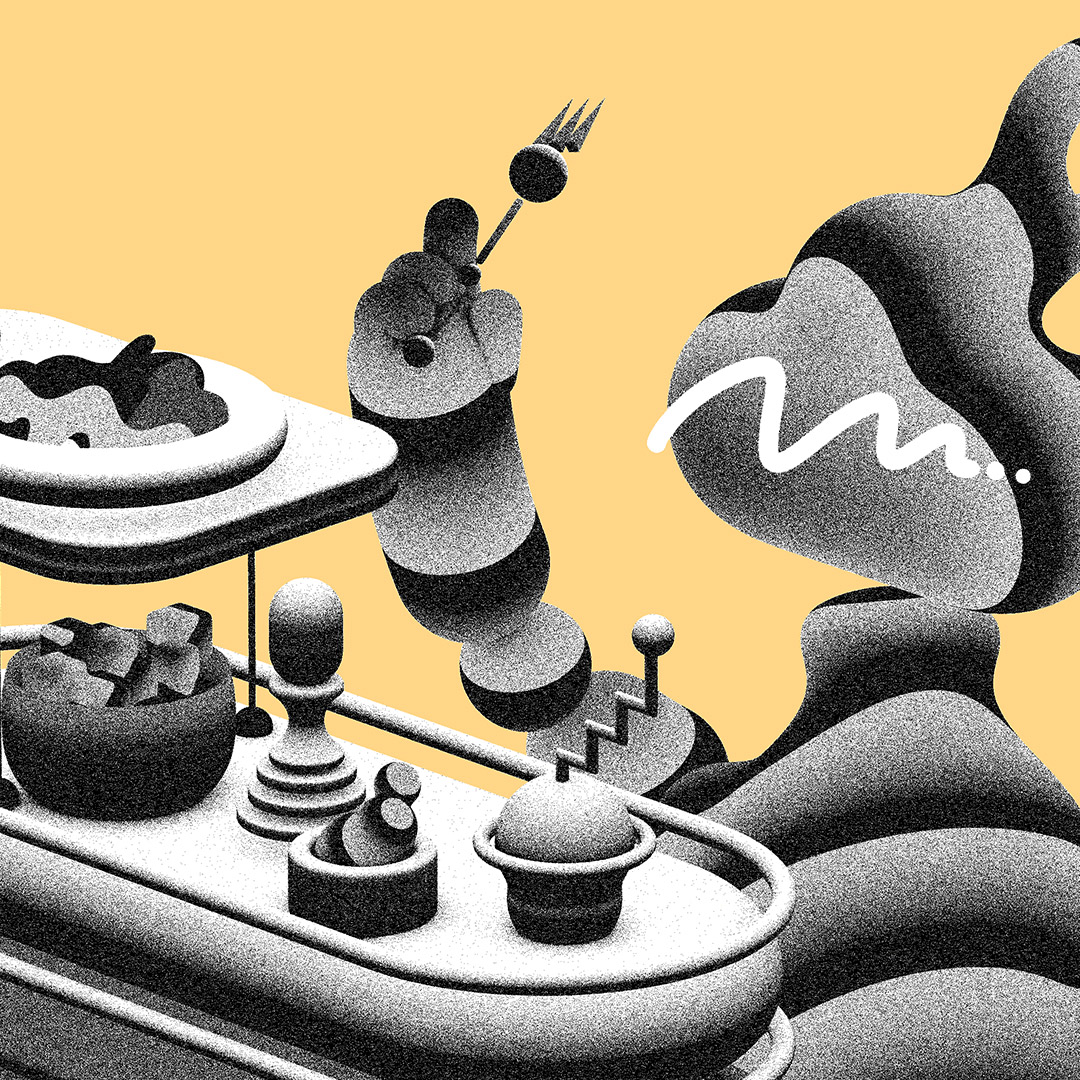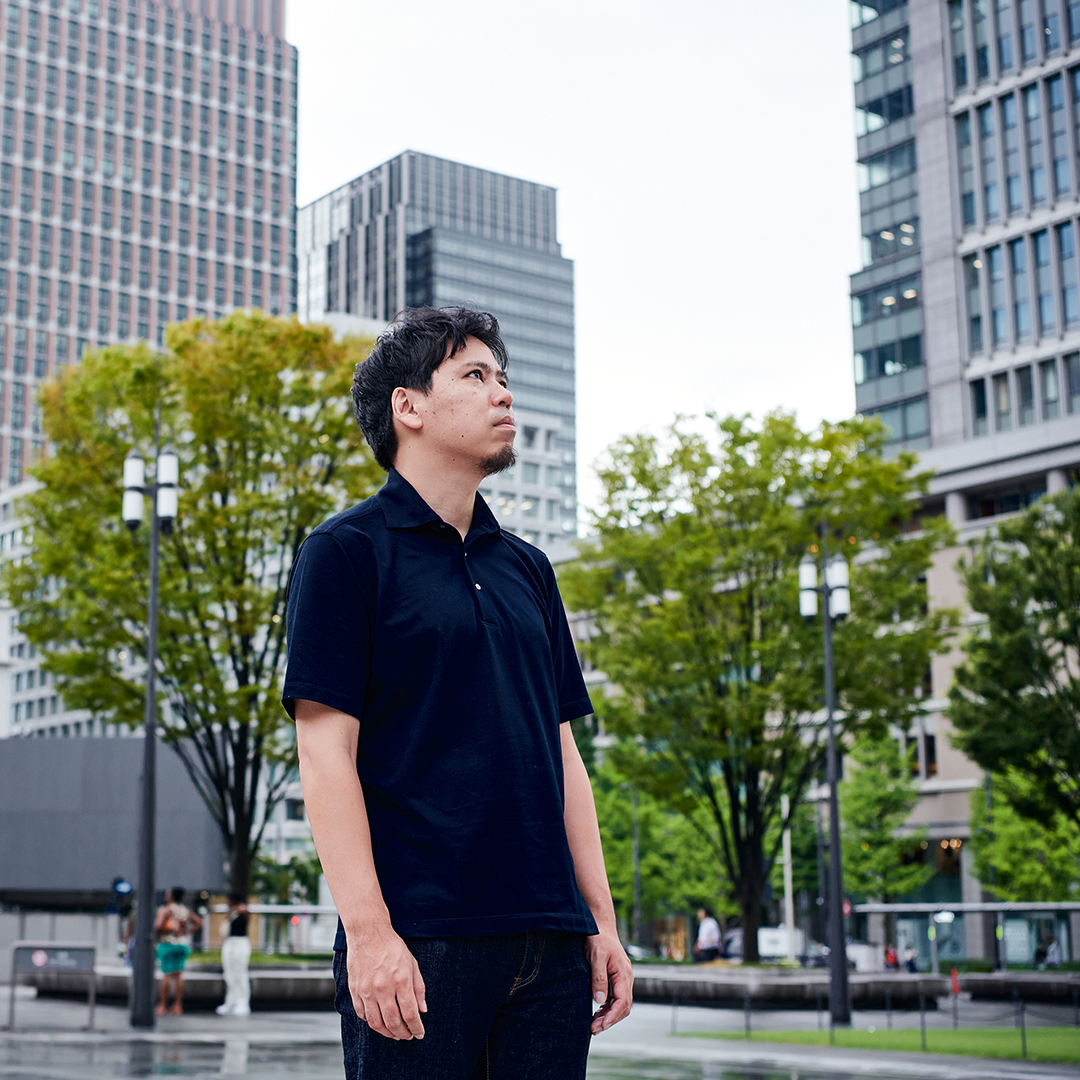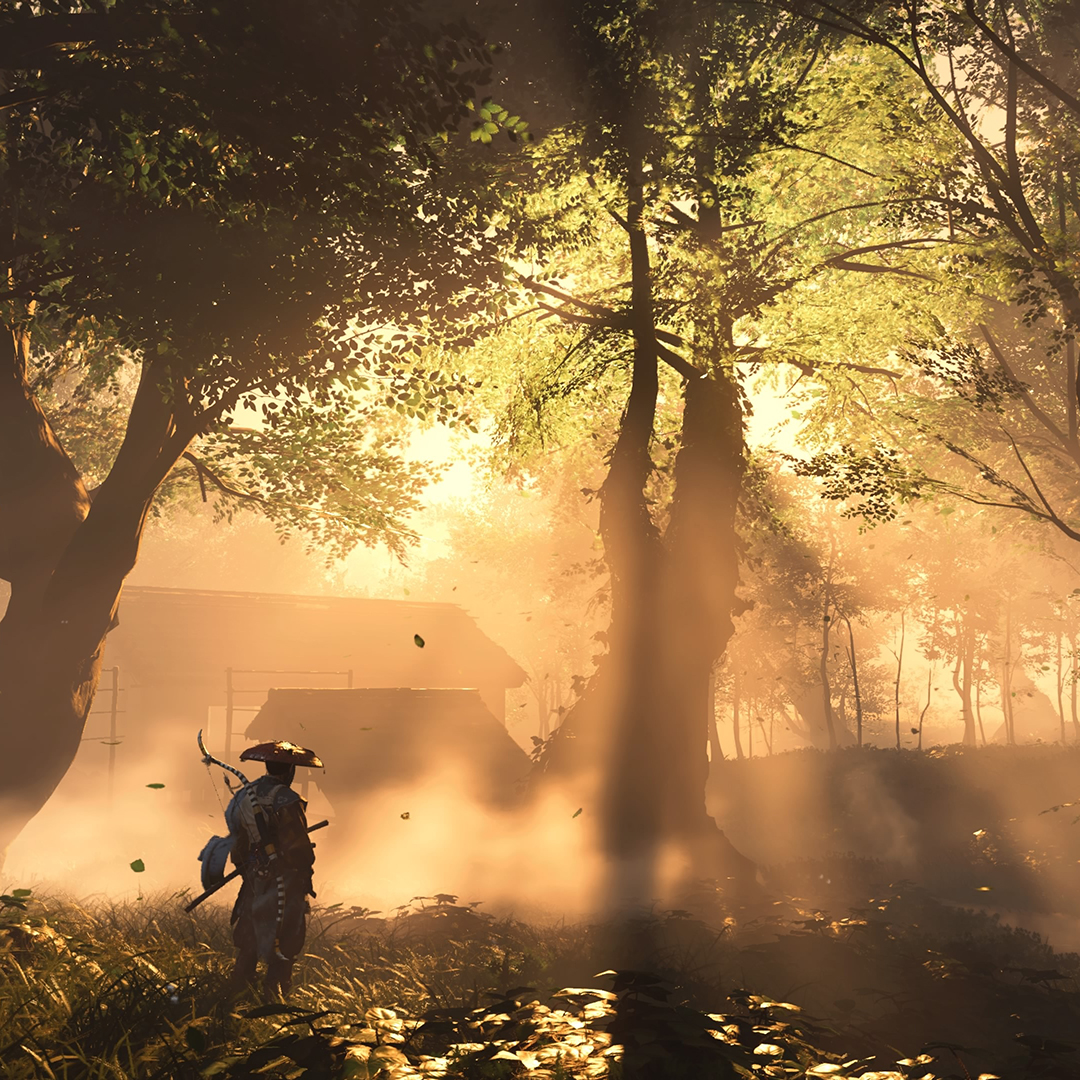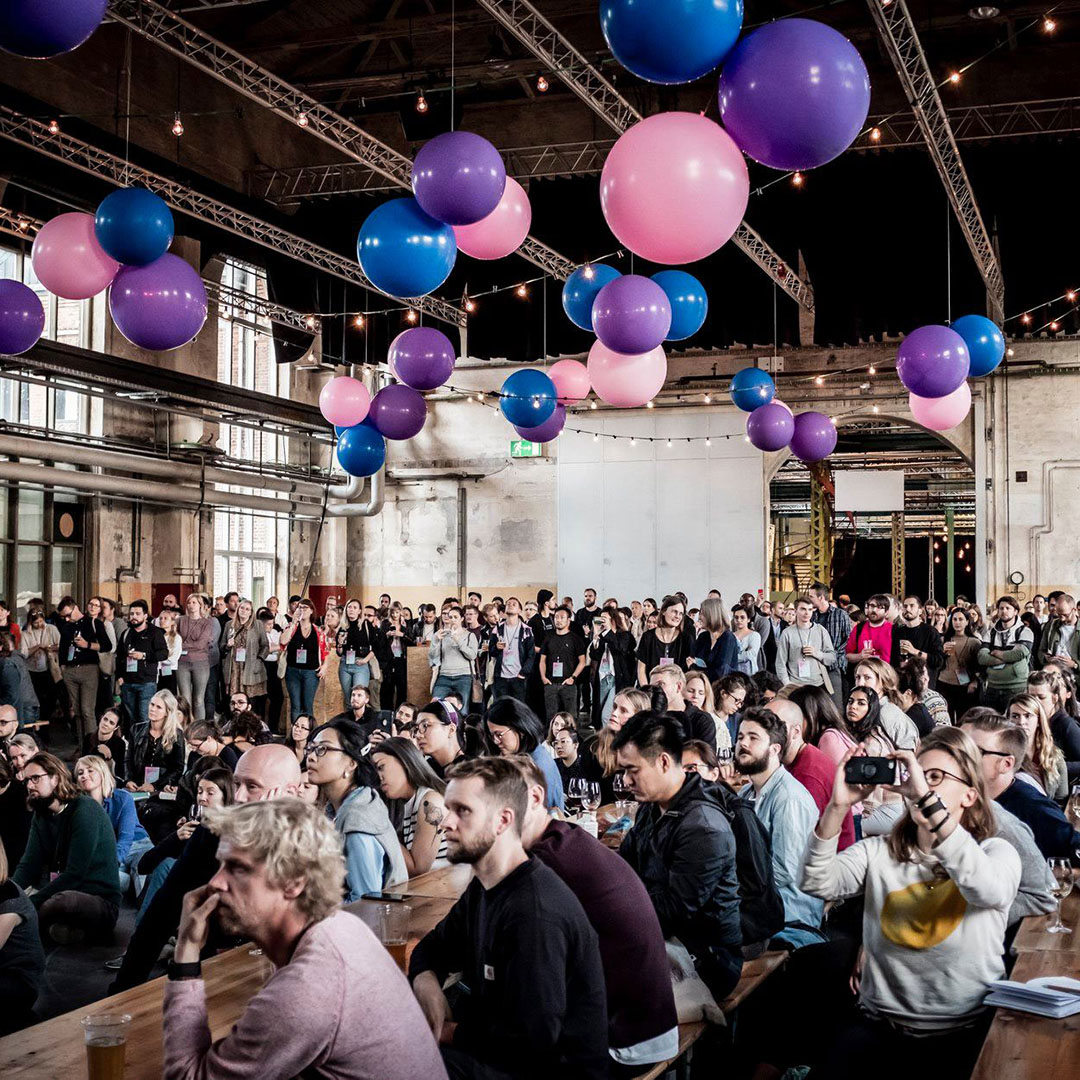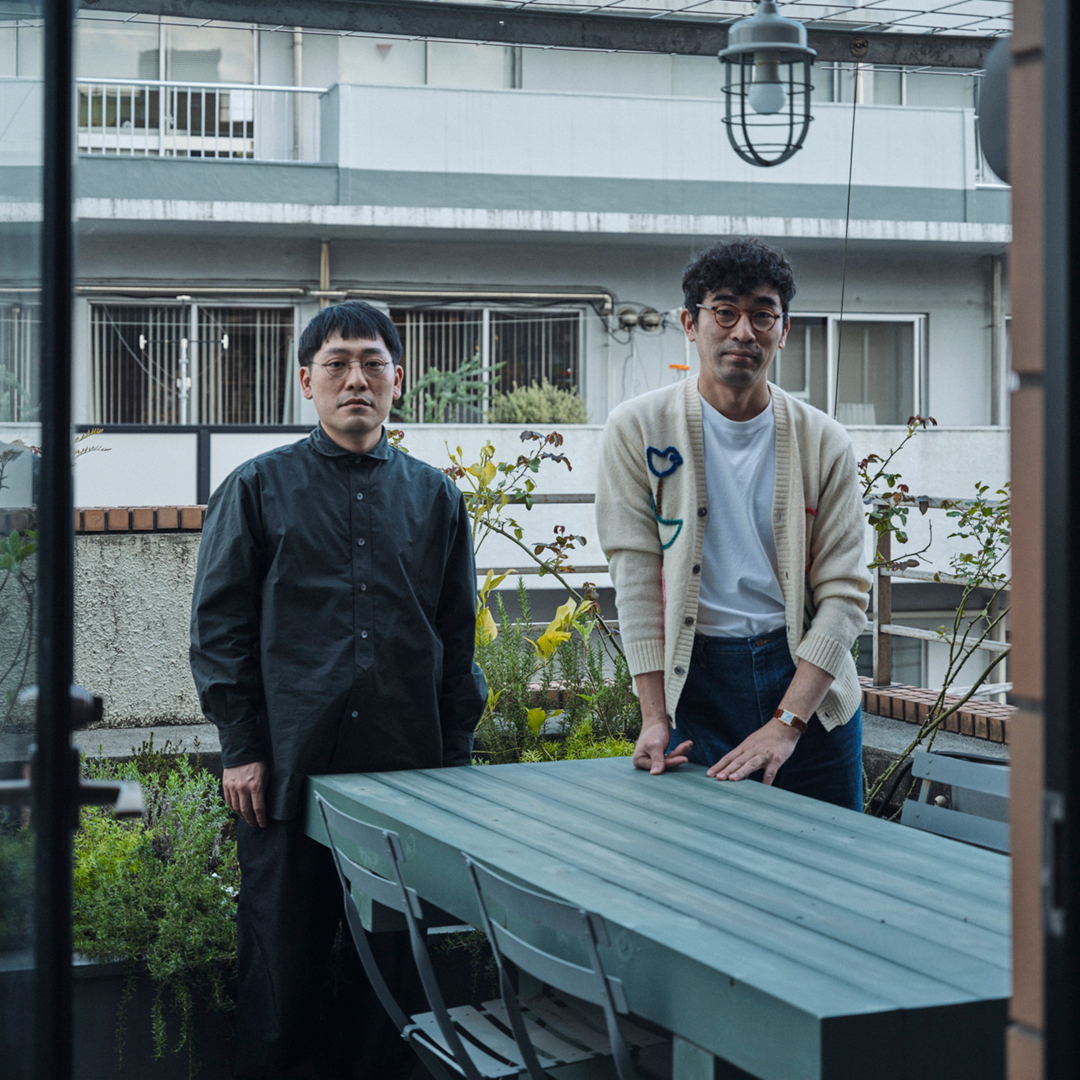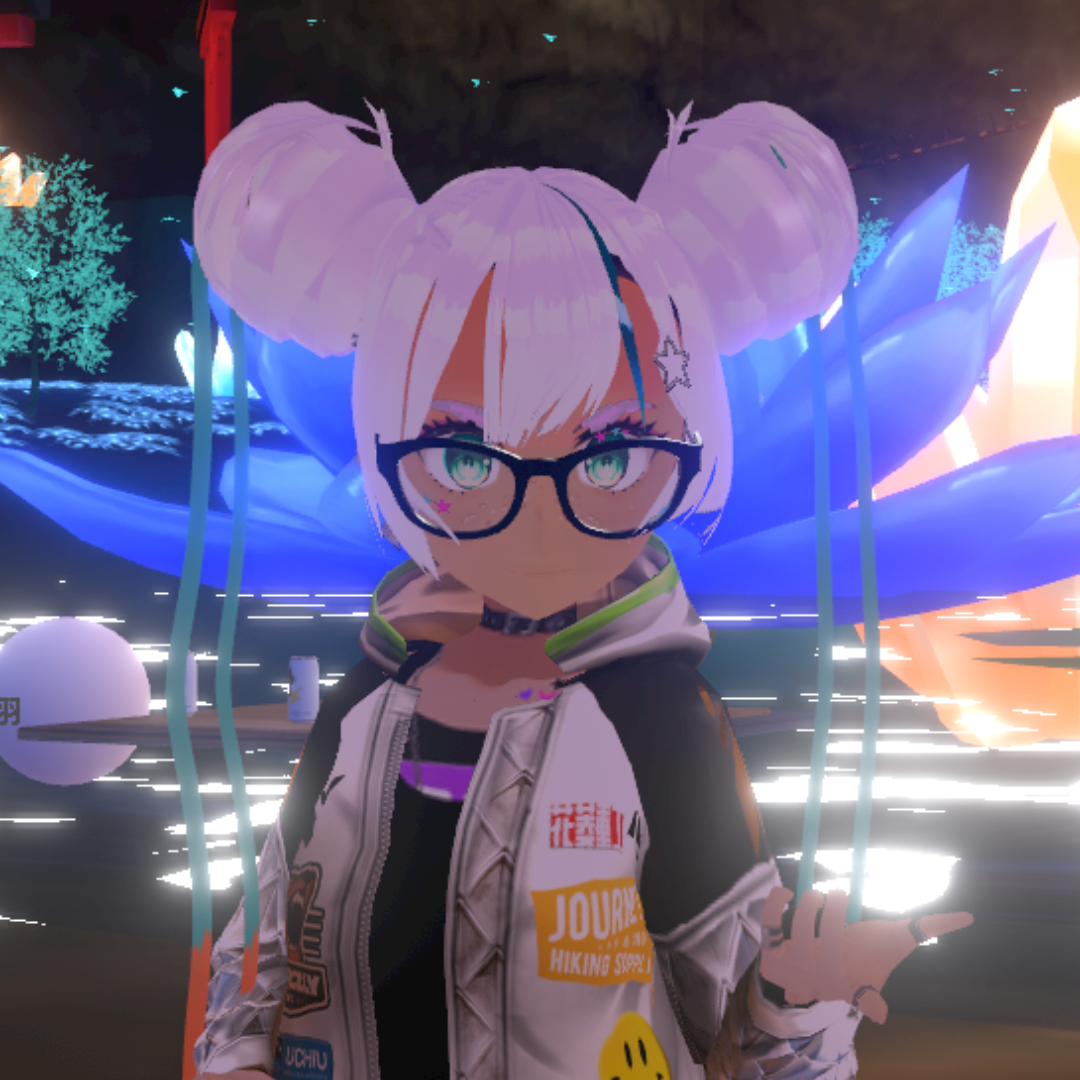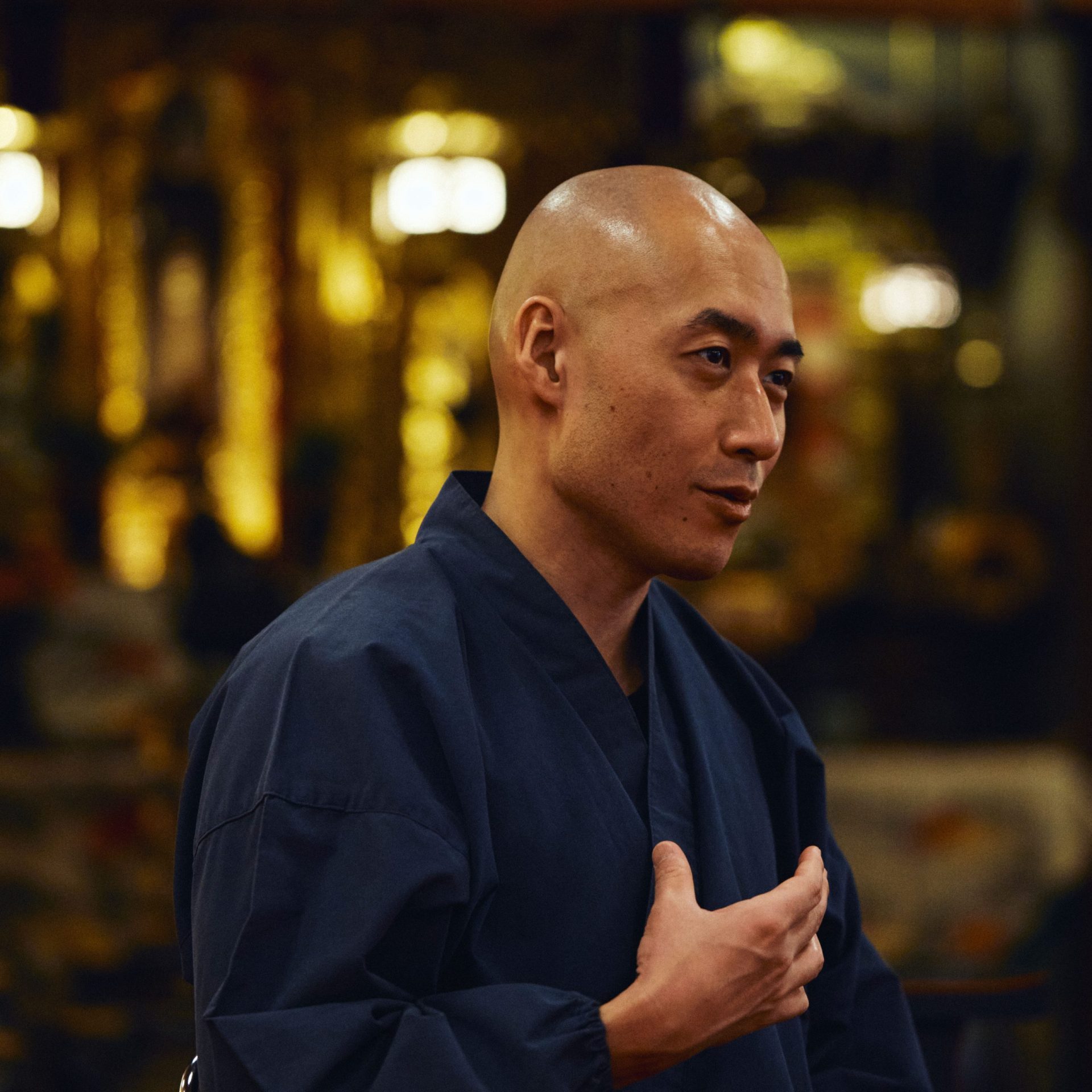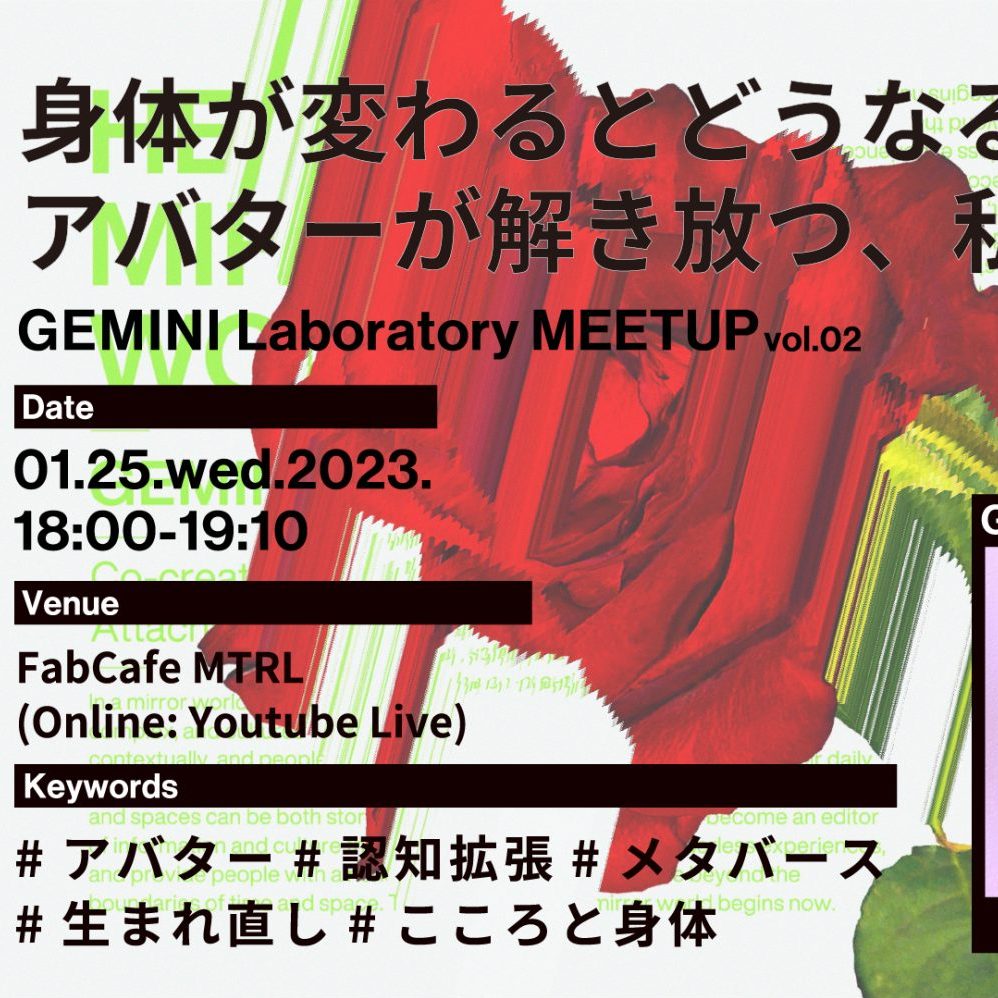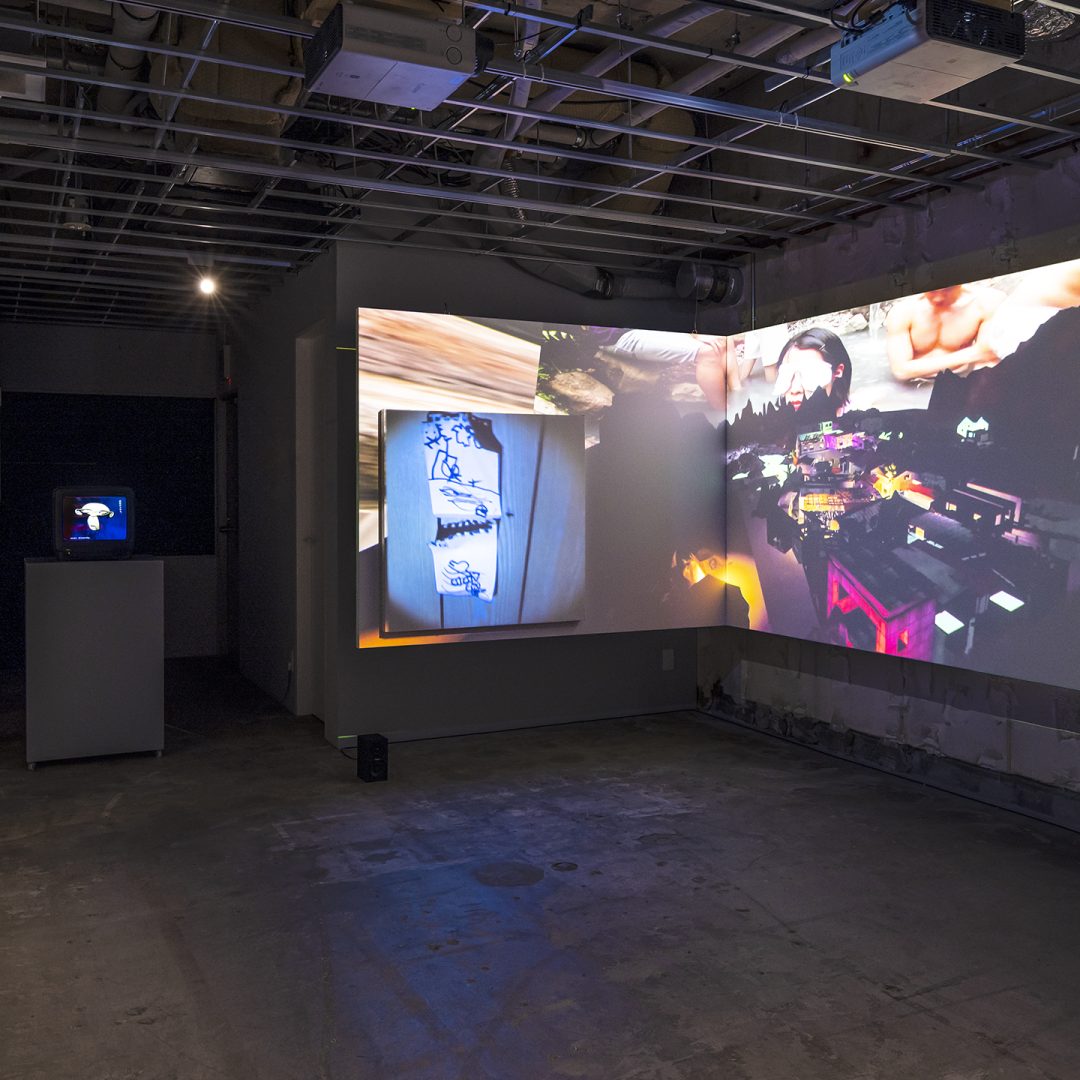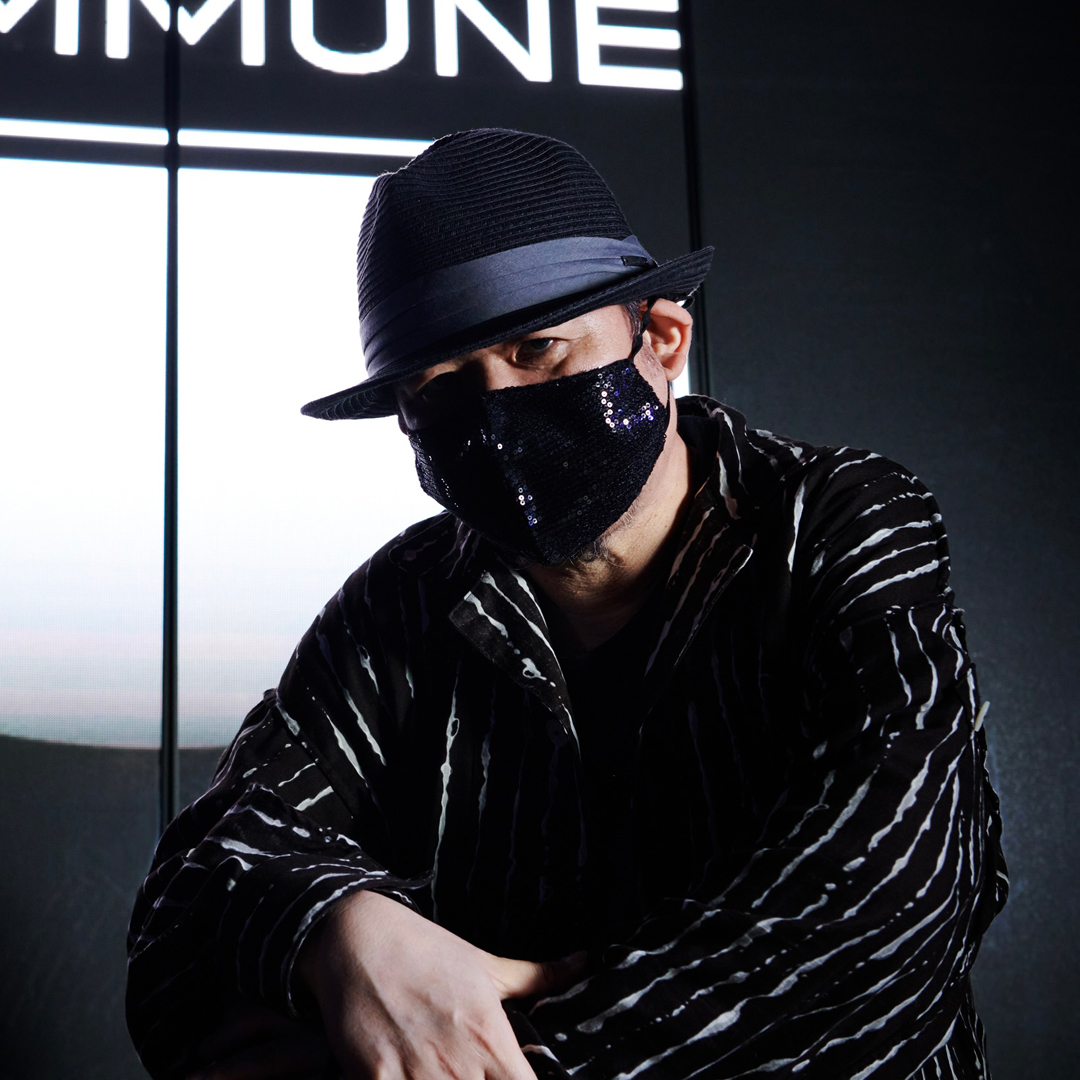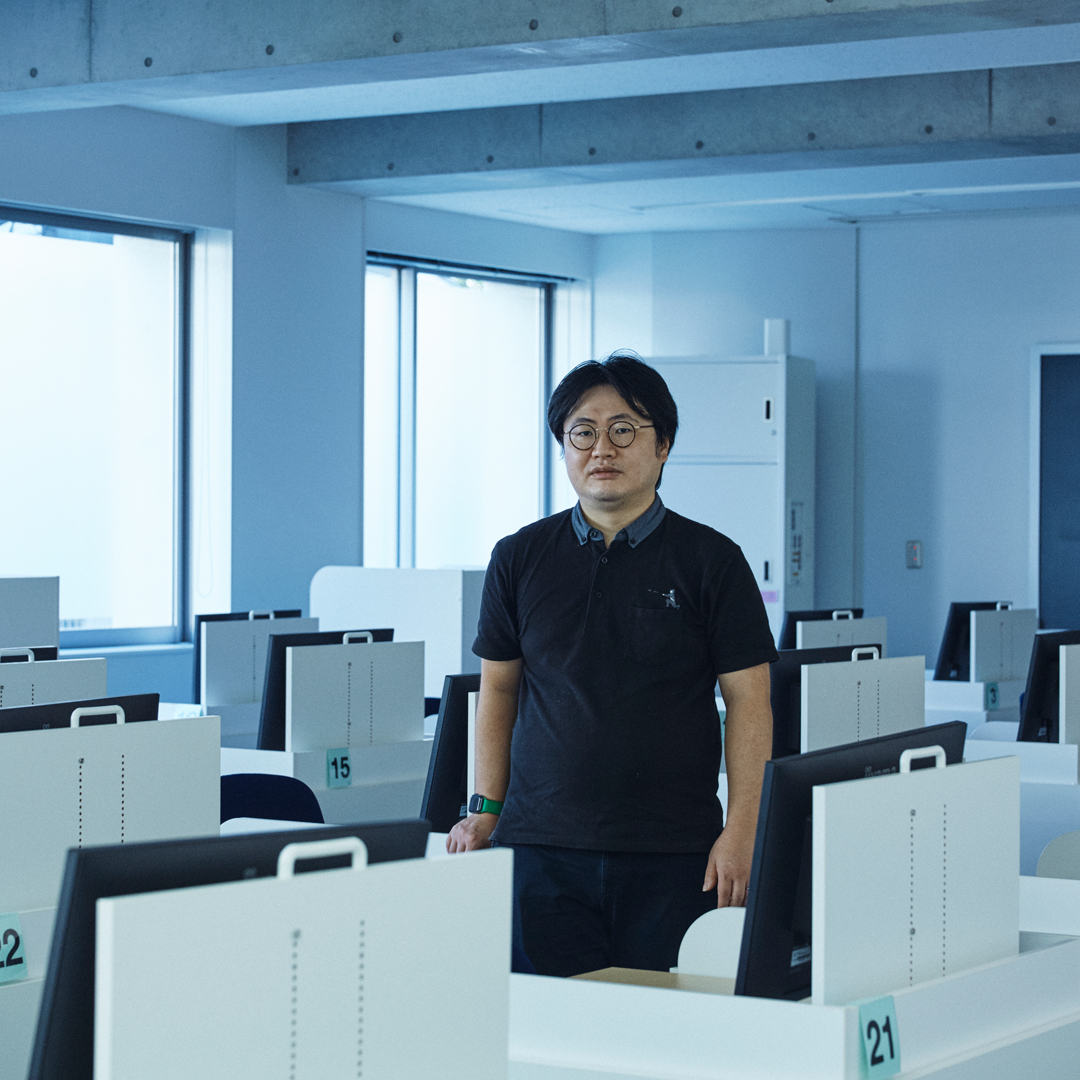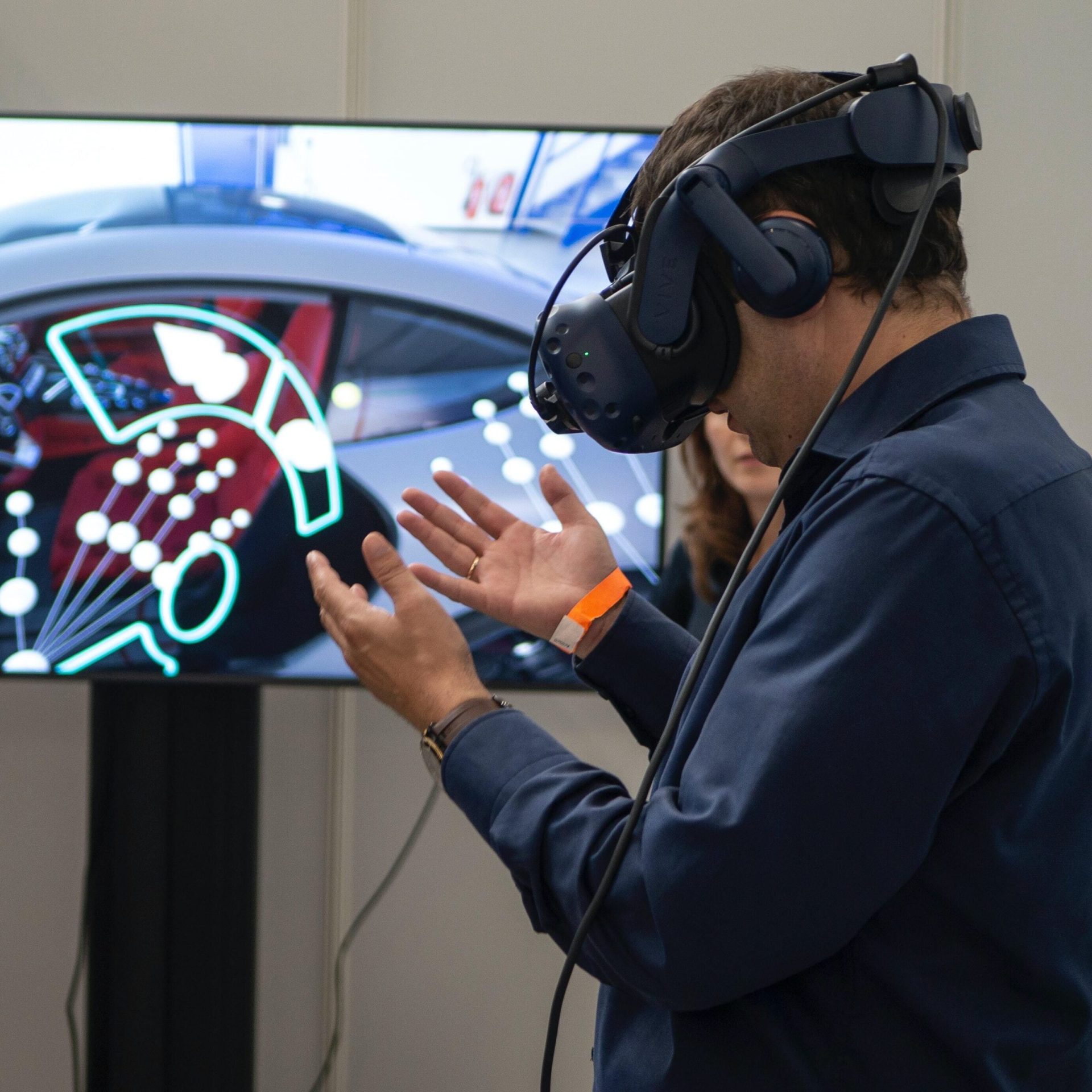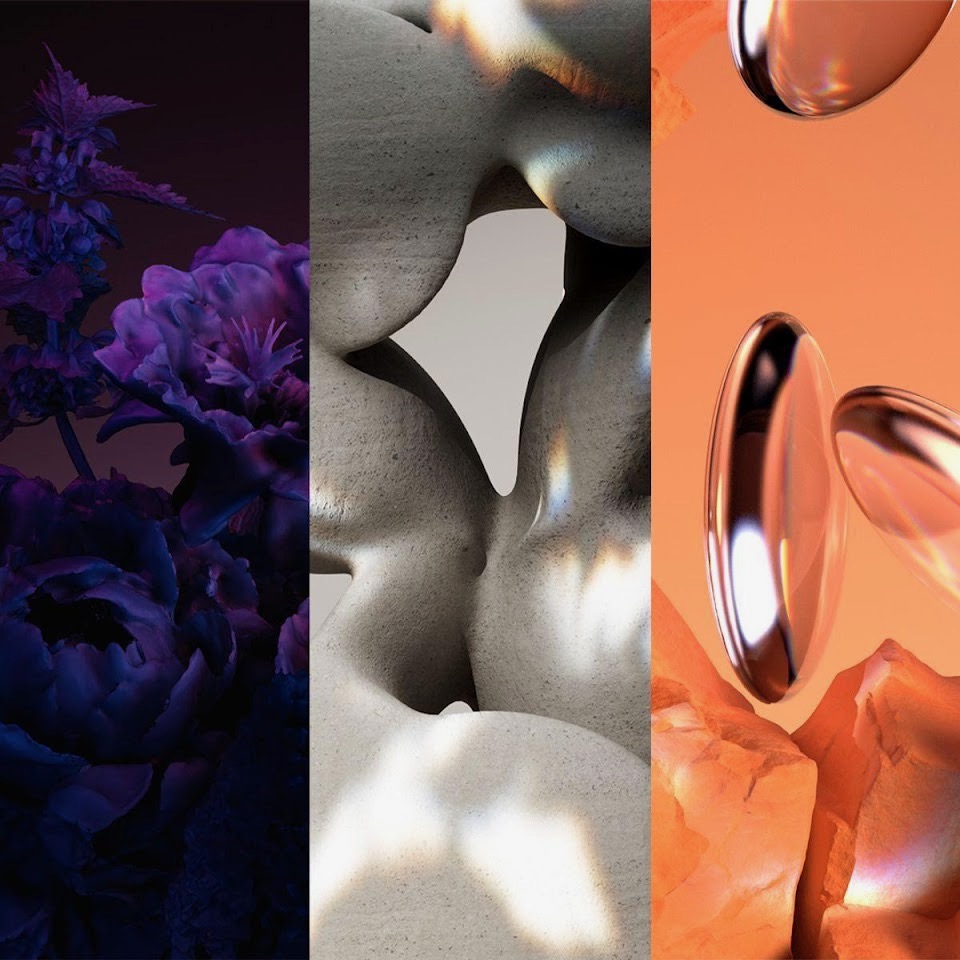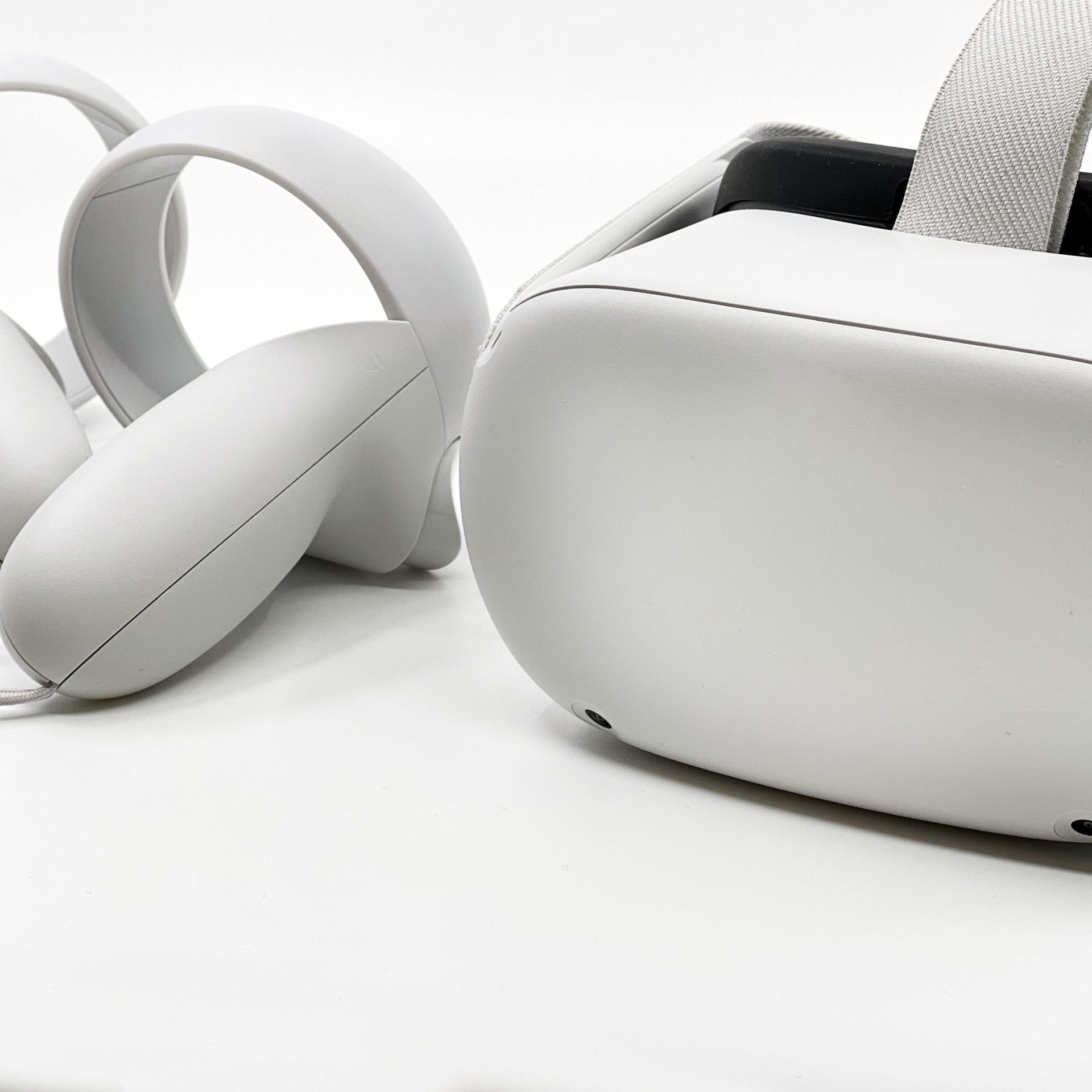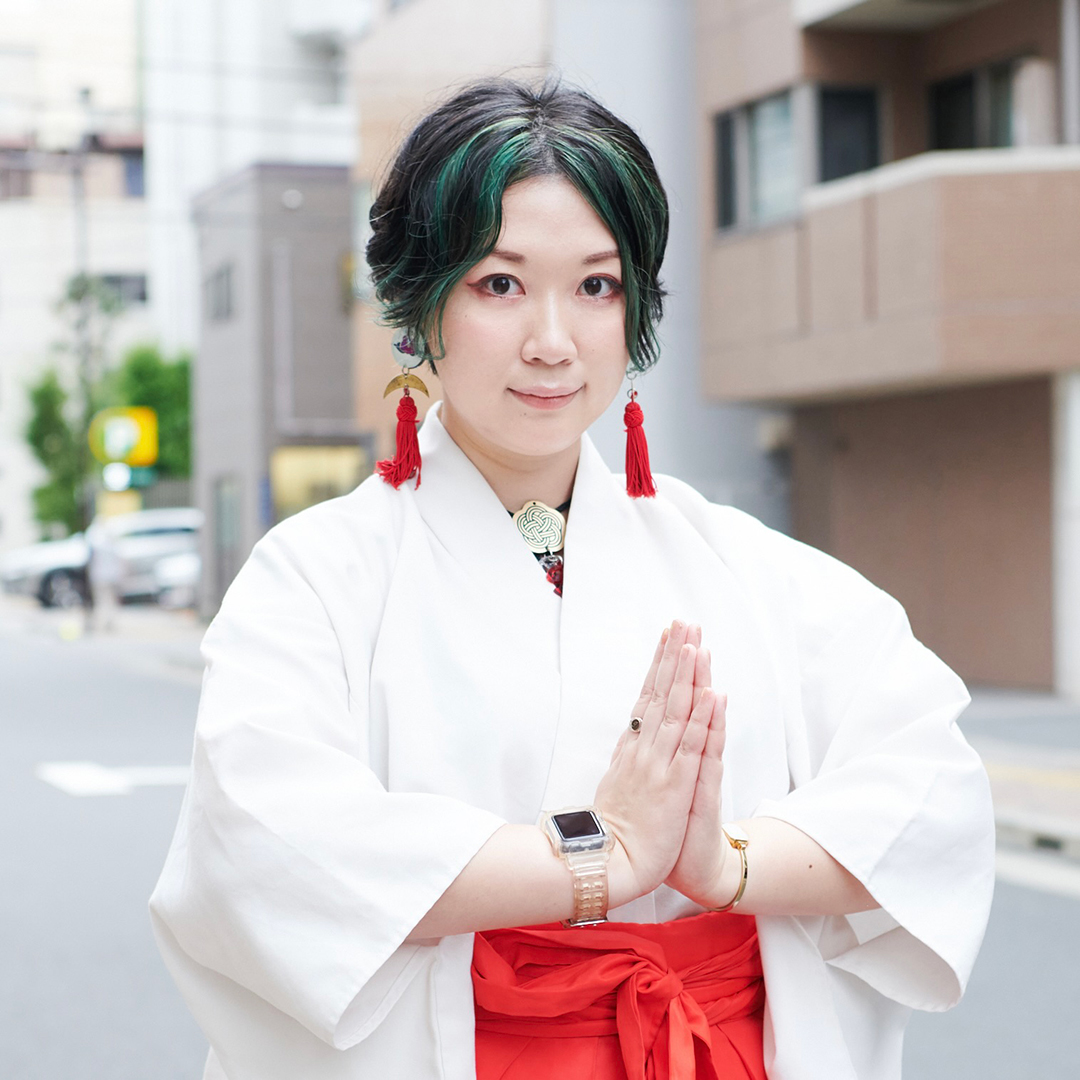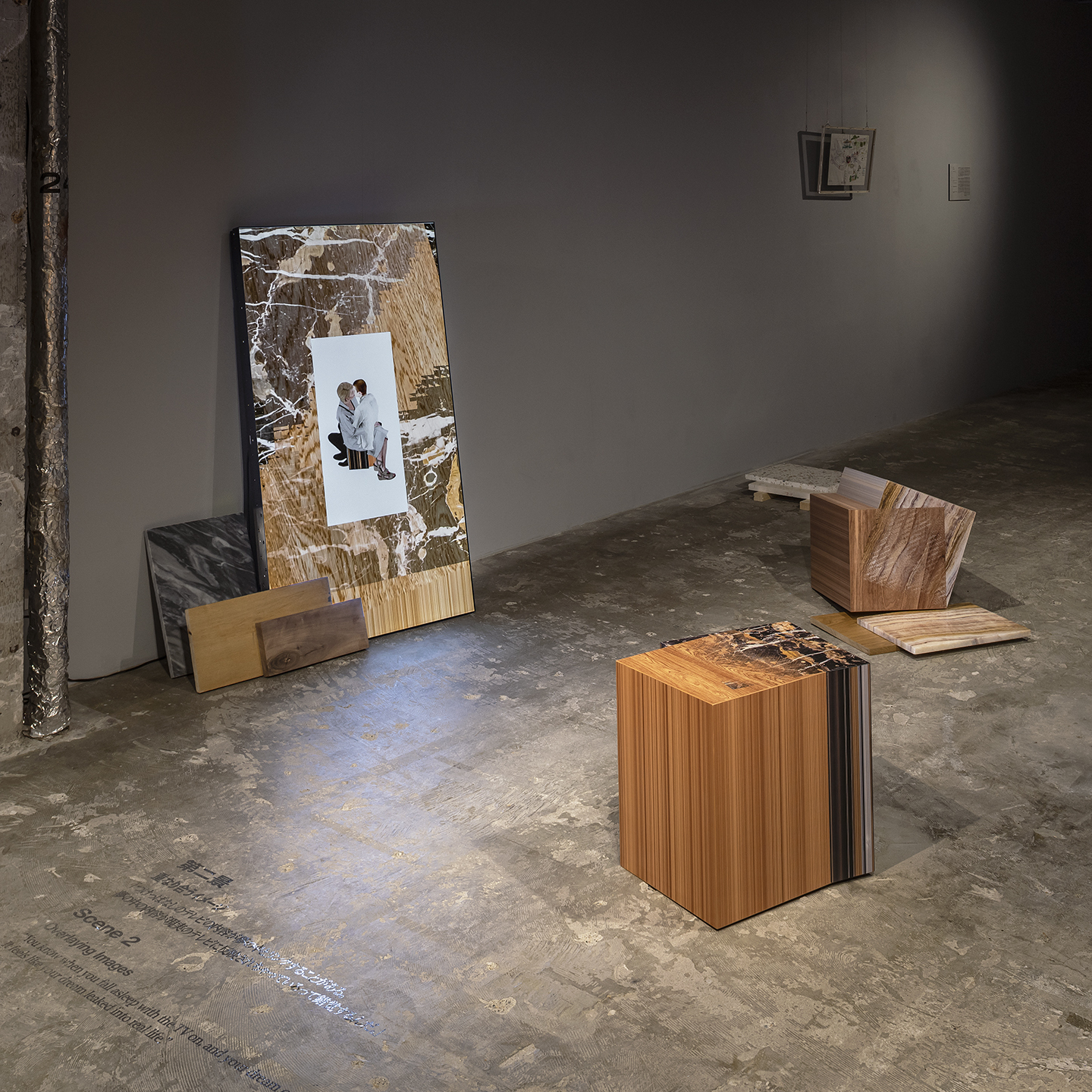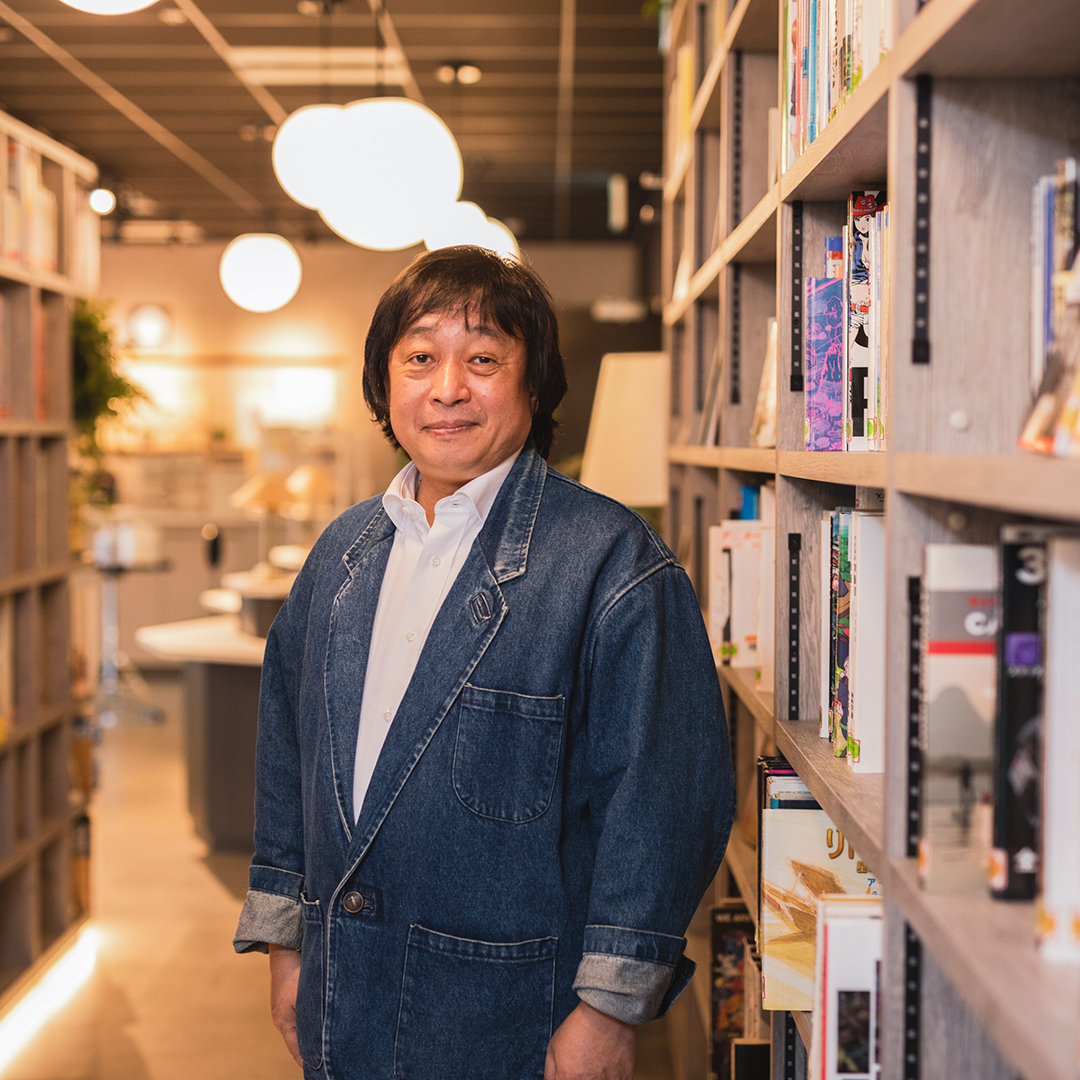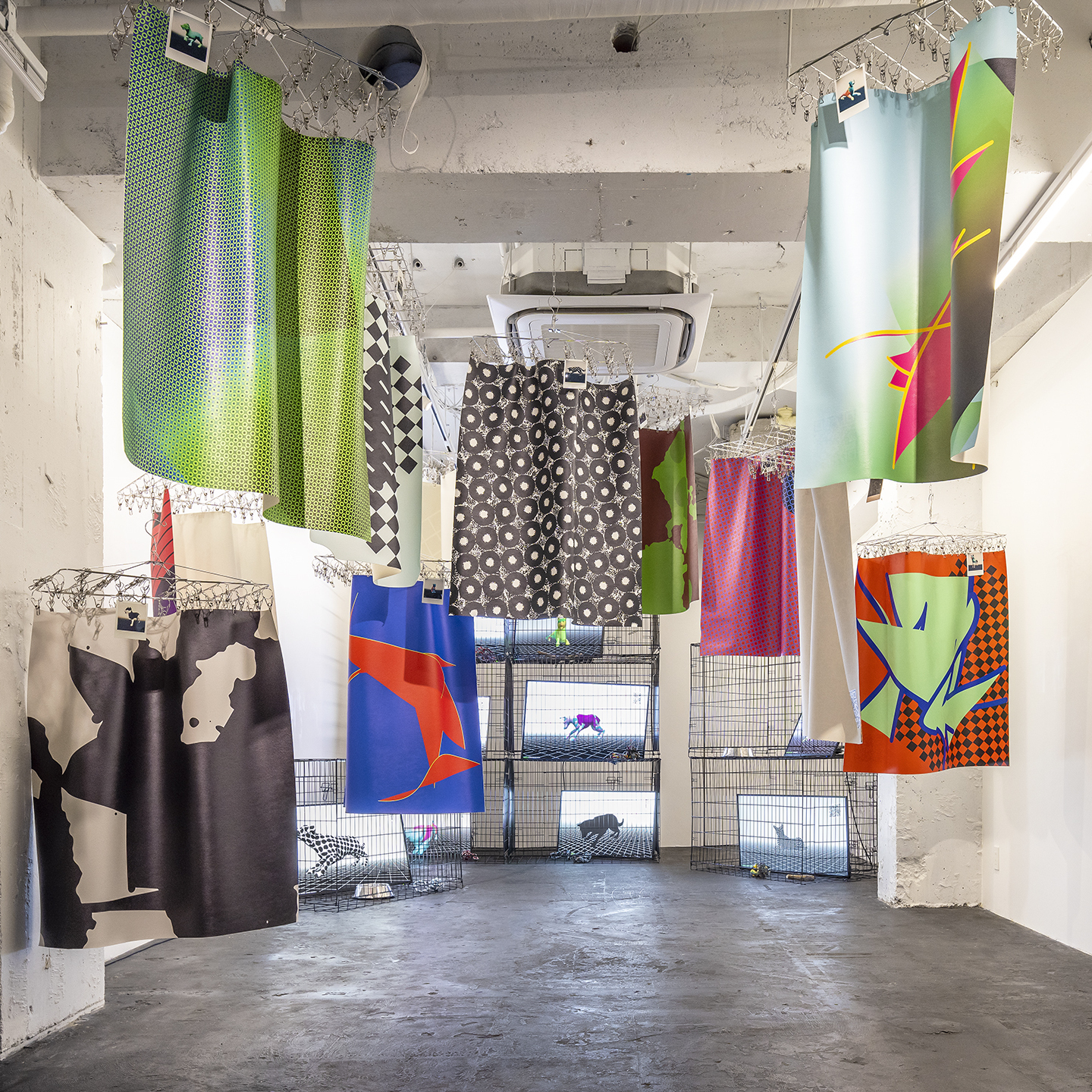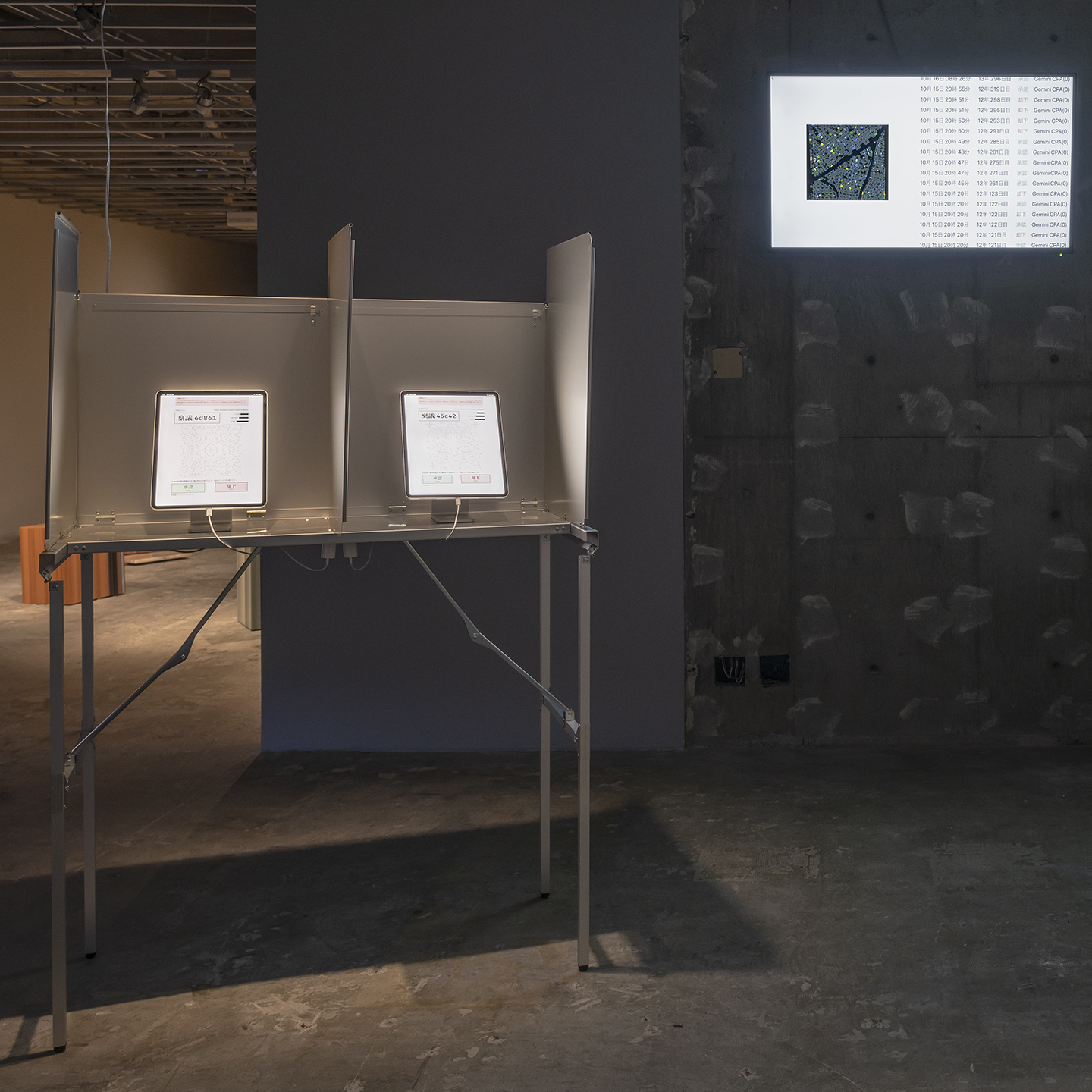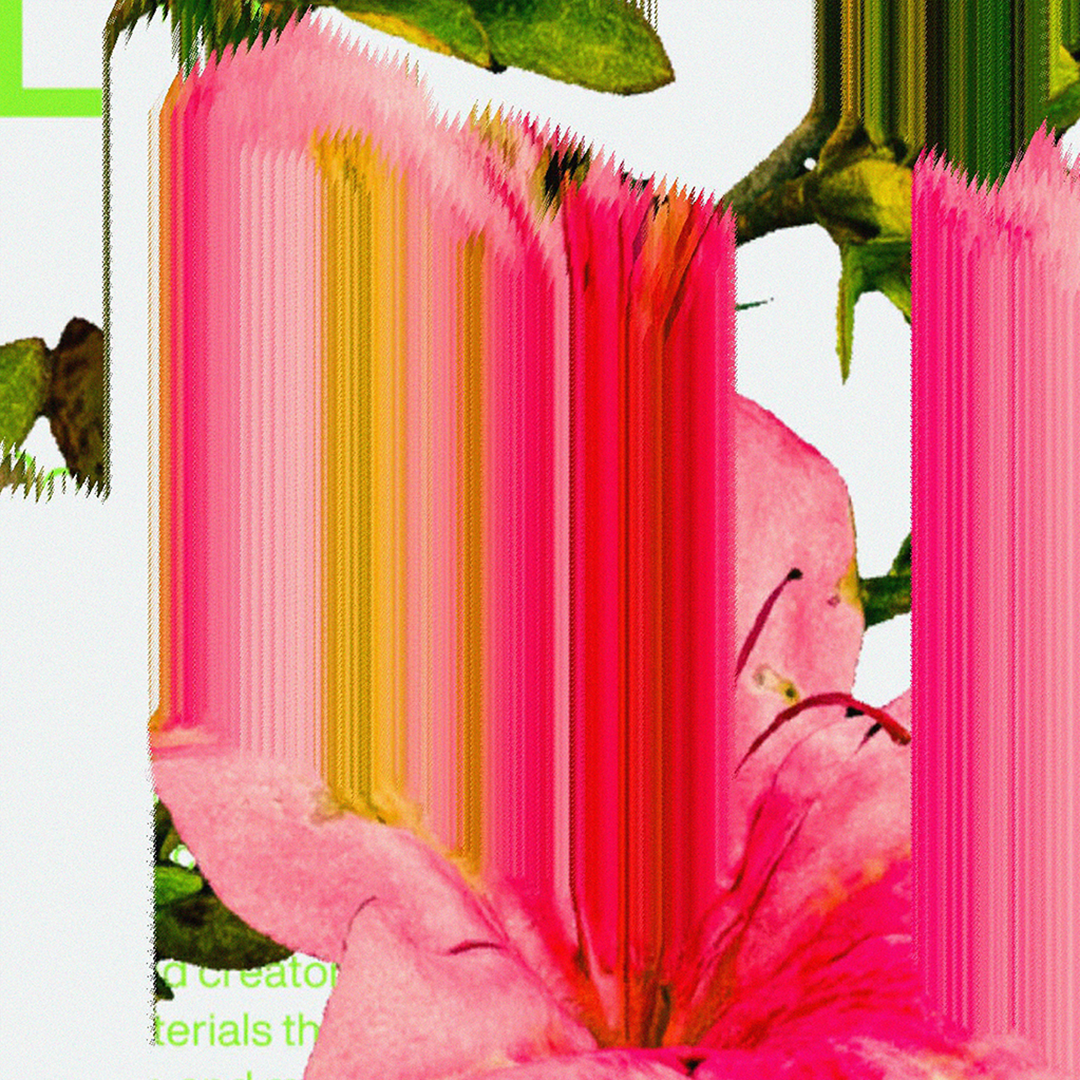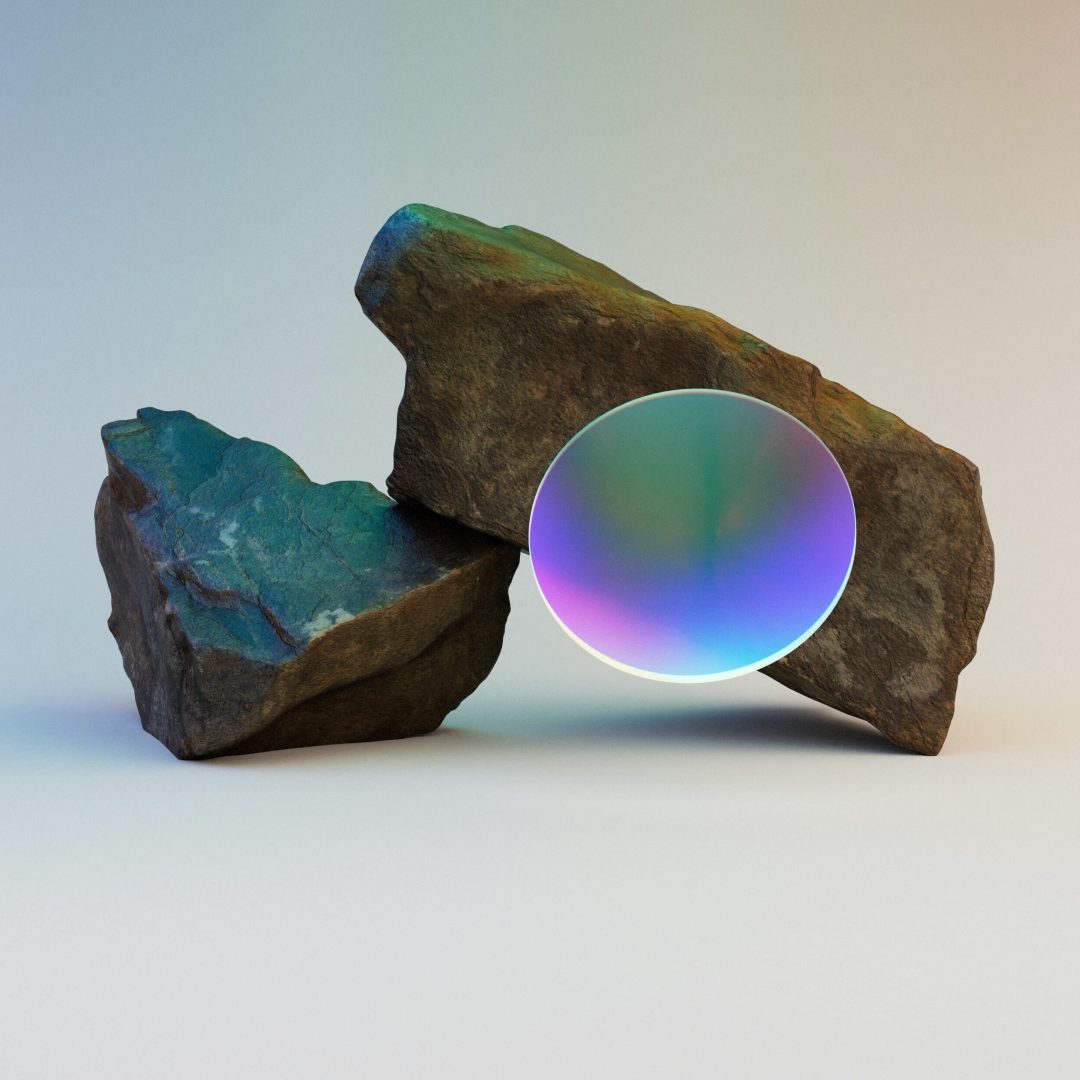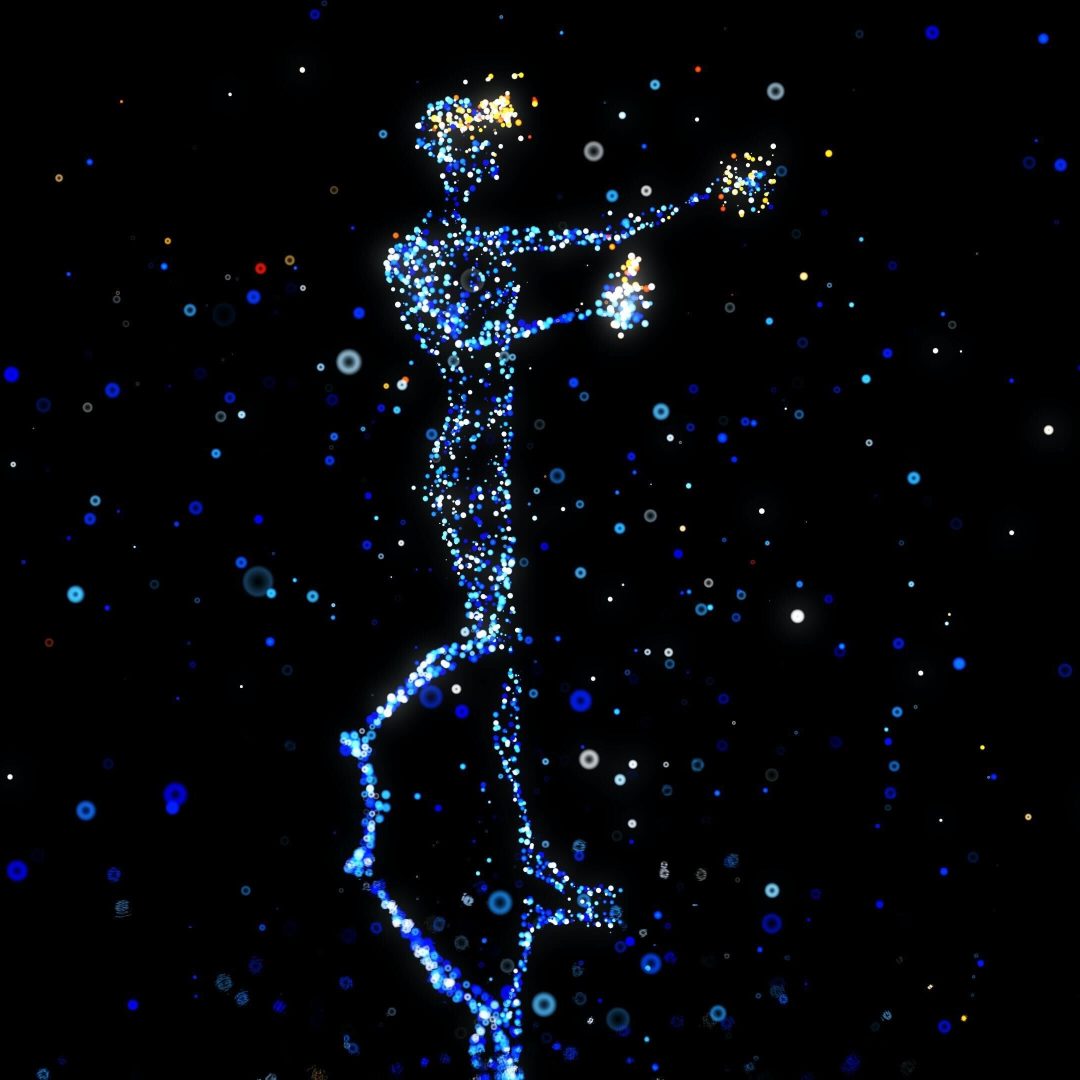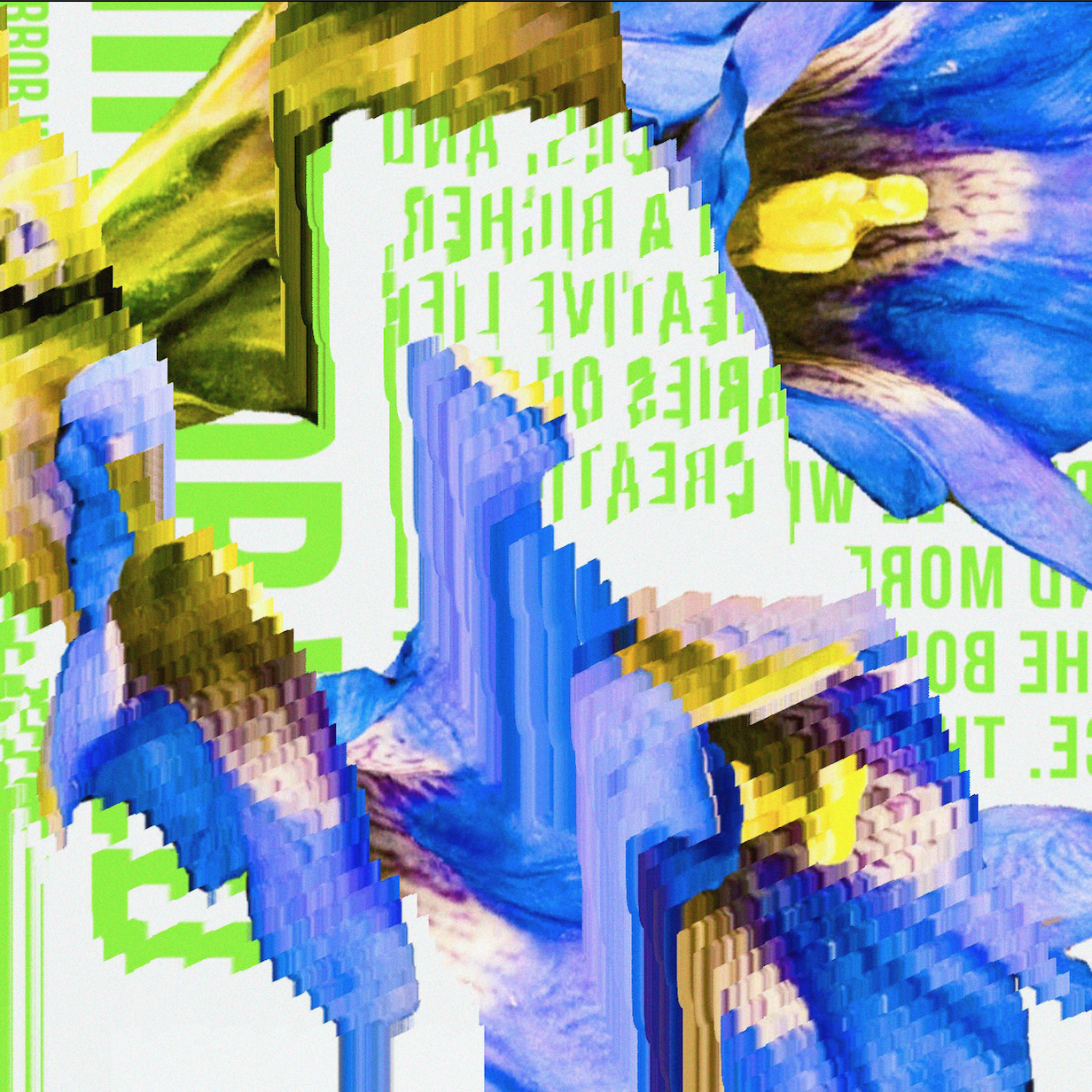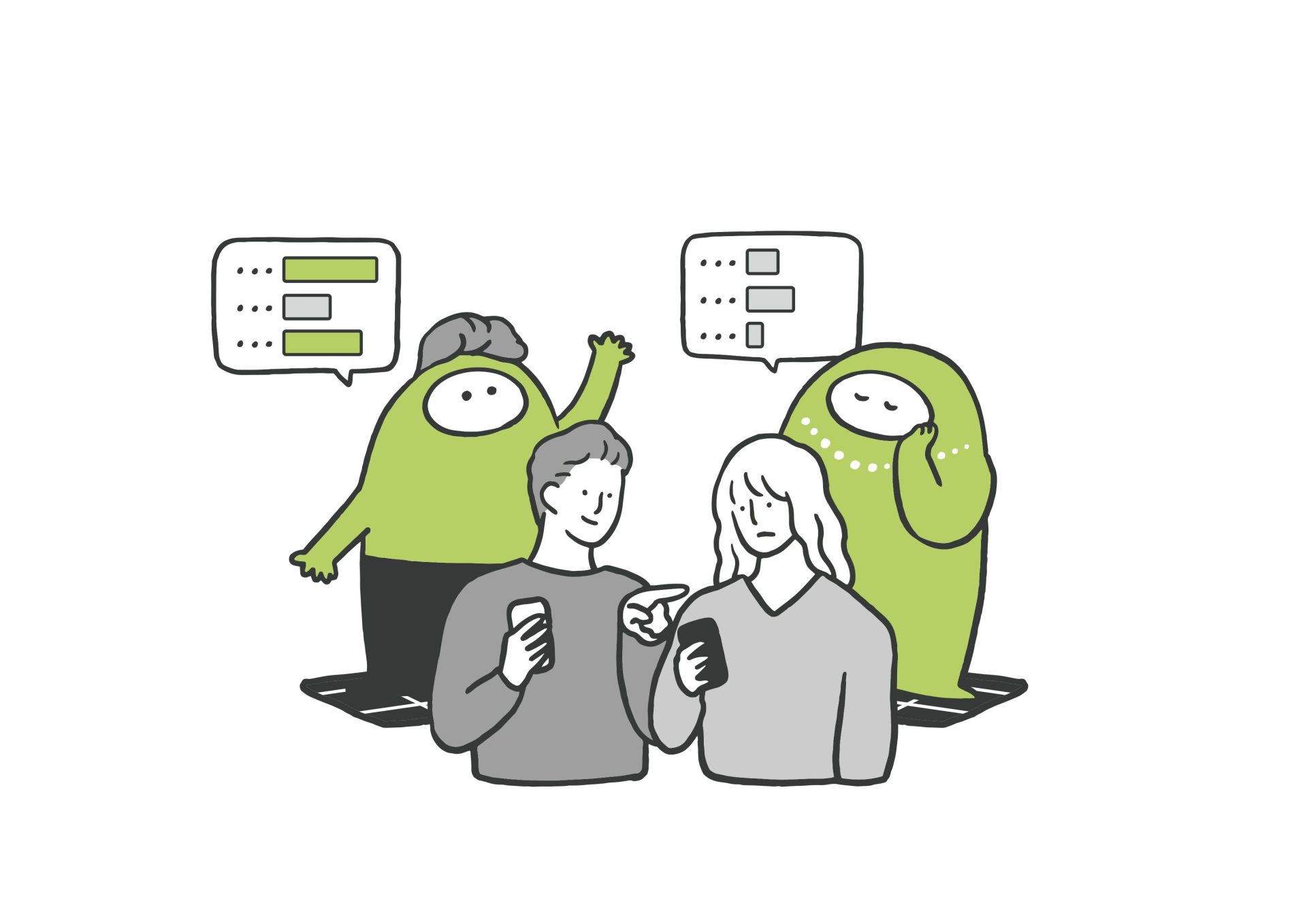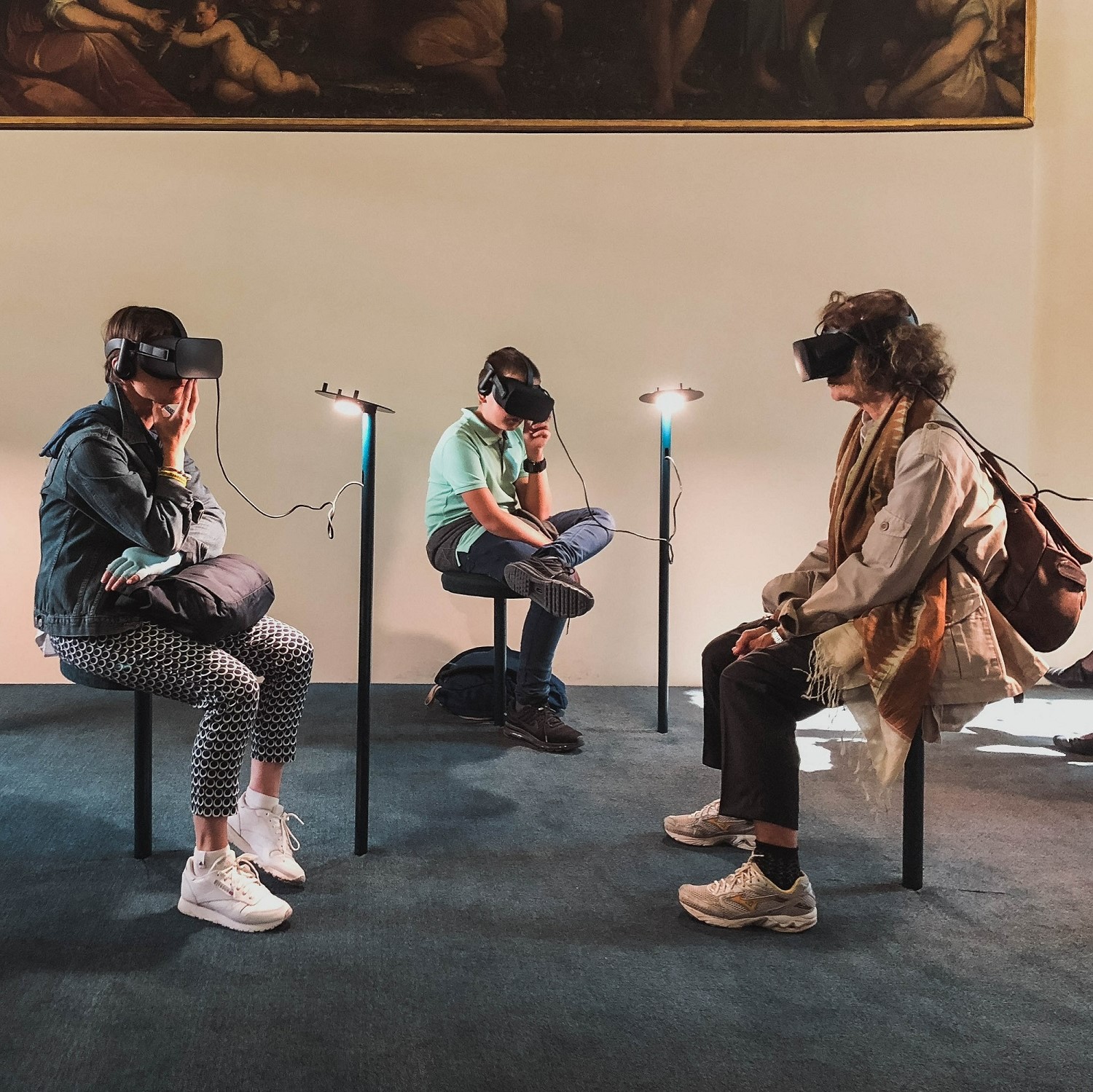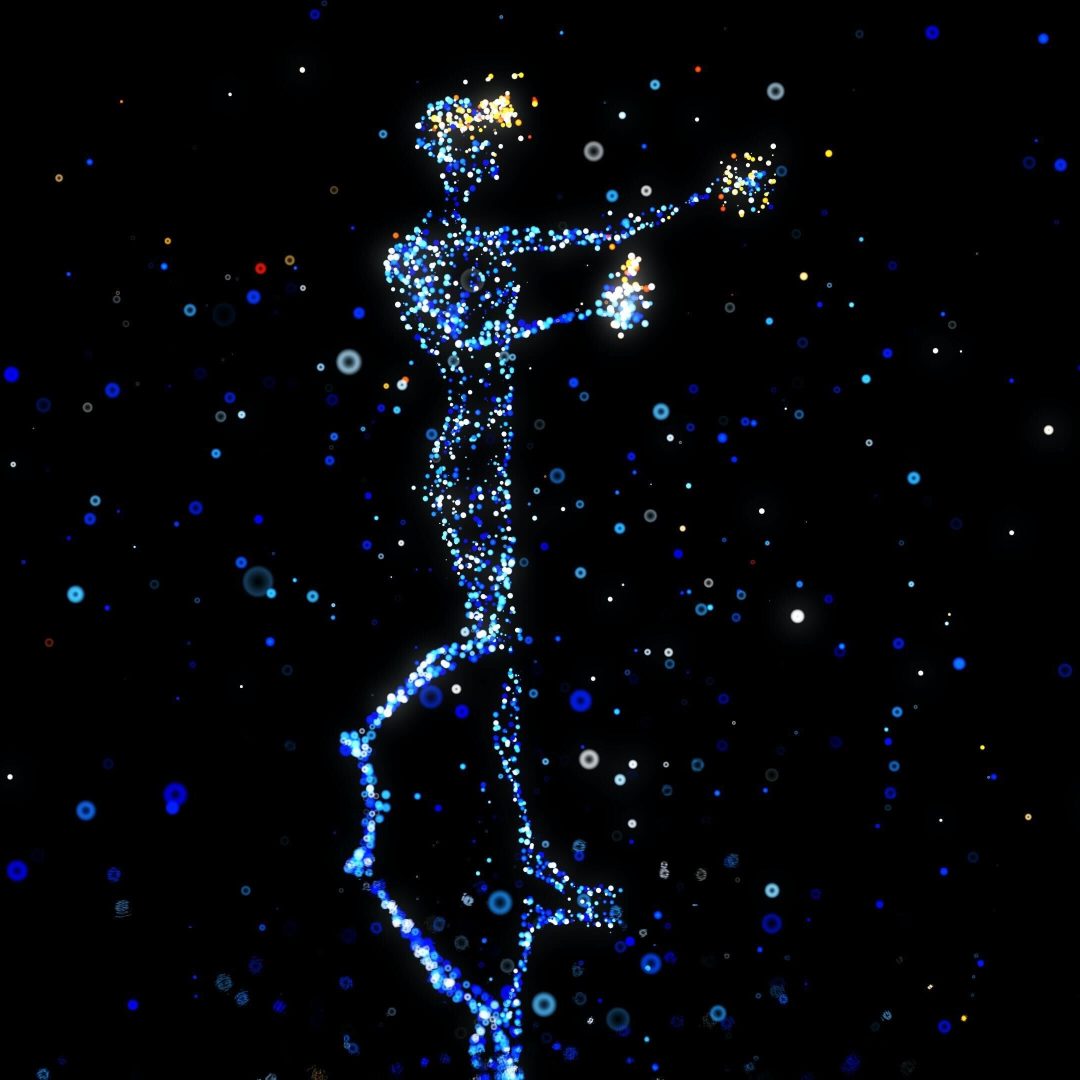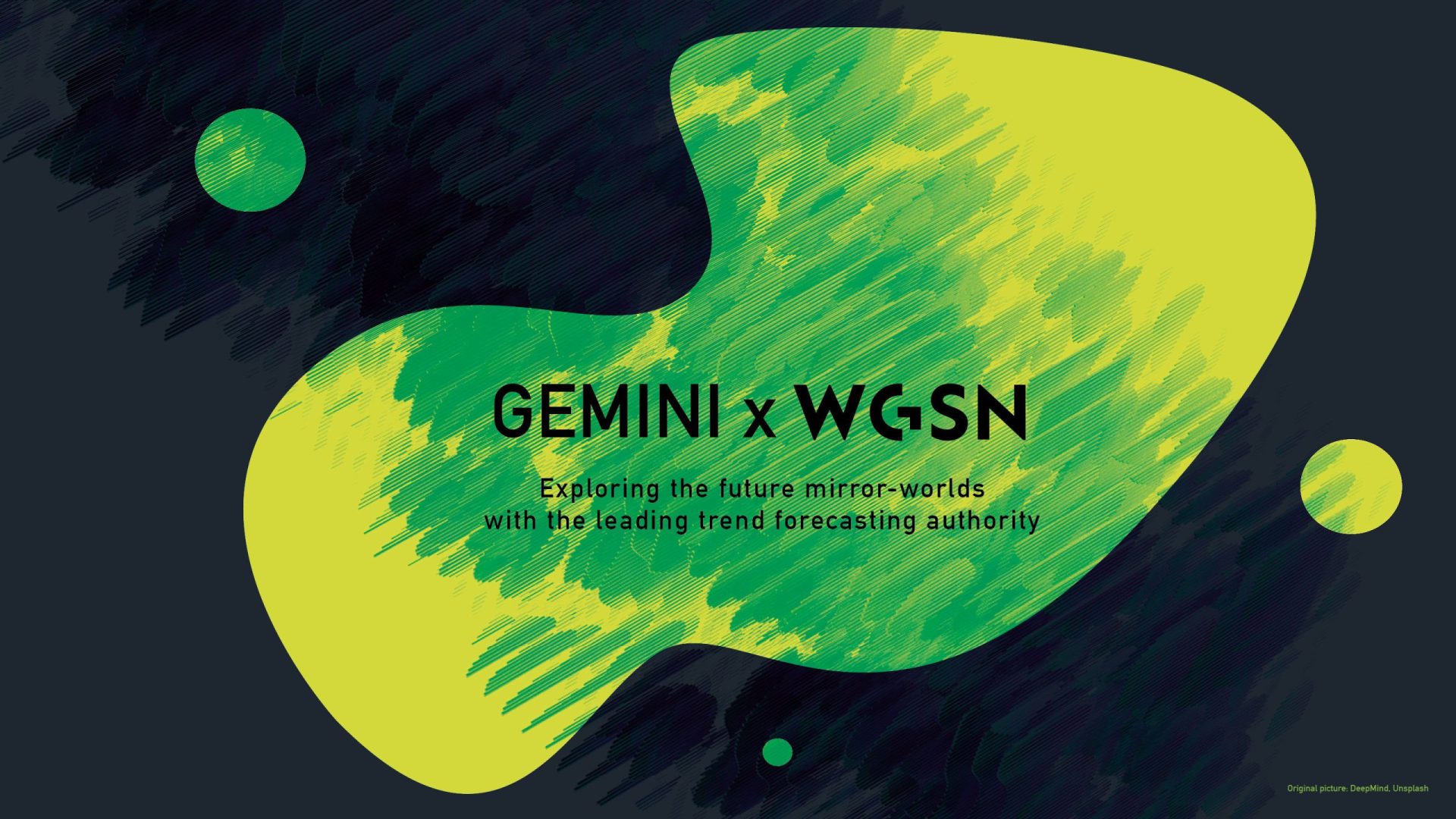Japan Global Association (hereinafter referred to as JGA) is a branding company that solves problems for restaurants, hotels, and leisure facilities through branding that resonates with the five senses. Combining Japanese tradition and innovation, JGA was one of the first companies in Japan to develop scent marketing using scent. The company has created new experiences by developing unique scents in its own laboratory and incorporating them into spaces.
Scent is known to stimulate memory and emotions. However, the scents applied by JGA’s hands go beyond that to promote behavioral change and lead to problem solving. So how are these scents designed and what are their effects? And how will the fusion of scent and technology change the way we live and culture in the future? Mr. Gouchi Hamada, President of JGA, talks about the profound world of scent and its possibilities.
The Expanding Scent Marketing Market. A “Direction” and “Problem Solving” Approach with Scent
— I understand that JGA was one of the first companies to focus on scent marketing and has been involved in scent design for over 15 years. Why did you become interested in scent in the first place?
Hamada: We have always been involved in “branding that prepares the five senses” while working closely with companies to create a point of contact between the brand and the consumer. However, the market for the sense of smell was small compared to that for sight and hearing, and we had not been able to get involved in scent design.
Then I heard that an overseas scent marketing company was planning to enter the Japanese market. We decided to start a scent business so that we too could learn about scent and use it in our branding. Especially in the initial stage, foreign companies interested in scent became our clients, as if they were “waiting for us”.
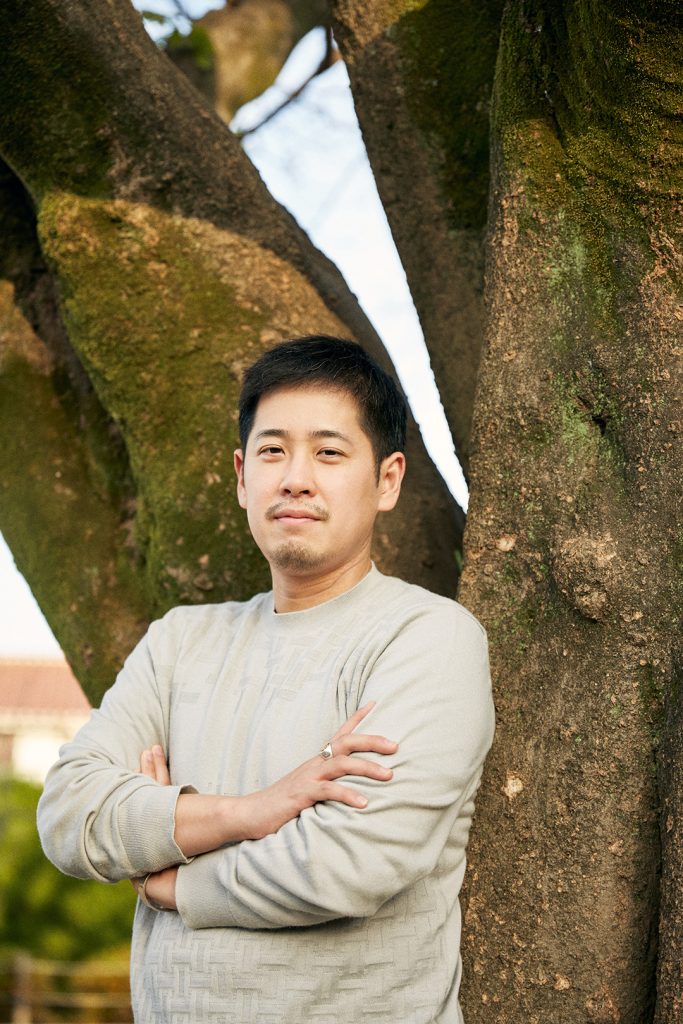
— What was the response from Japanese companies?
Hamada: At that time, there was not much response from Japanese companies compared to foreign companies. To begin with, scent marketing was not well known in Japan, and there was a deep-rooted culture that odorless was good. However, I was convinced that using scent to appeal to the sense of smell was essential for strengthening branding.
That’s why, in 2016, we began hiring a full-fledged perfumer and setting up a scent lab to improve the quality of our scents. As a result, scent now accounts for 15% of our total branding business. And by continuing to develop the market, scent marketing is now attracting attention in Japan and has grown to a market worth more than 50 billion yen.
— What specific projects have you worked on?
Hamada: We have directed scents and solved problems in a wide range of spaces, from fashion and technology-related products to theme parks, aquariums, libraries, hospitals, commercial facilities, restaurants, hotels, and even cars.
For example, when you walk by a restaurant, the savory smells of sweet treats and meat are appetizing, aren’t they? In fact, such scents are part of the direction, and we are involved in some of them. One restaurant has seen a 25-fold increase in sales thanks to the use of such scents. We are also responsible for the space direction for many five-star hotels and high-end brands, creating luxurious spaces with scents.
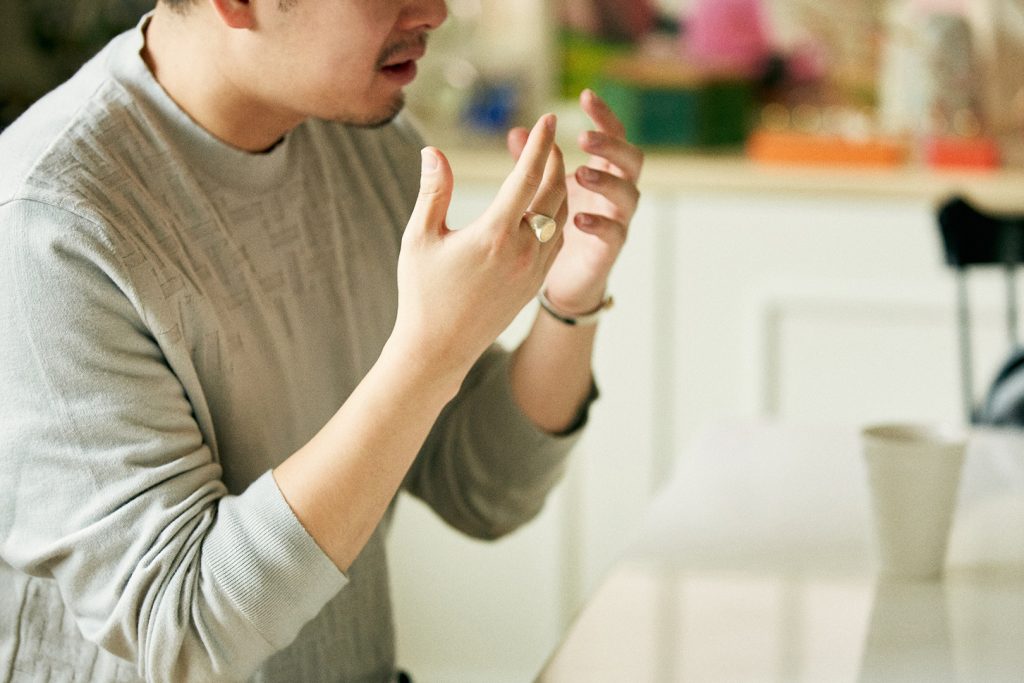
— So, scents that we find delicious and luxurious can be created through direction. On the other hand, how do you use scent to solve problems?
Hamada: We design scents to solve problems in aquariums, libraries, hospitals, and so on. For example, aquariums are actually quite smelly because of the mixture of many animal smells and water. So, we provide comfort for visitors by using scents that change the smell to odorless, so they can feel comfortable.
In hospitals, we use scents that help dilate blood vessels to facilitate blood sampling, and sedative and analgesic scents to reduce patient anxiety and stress during the examination.
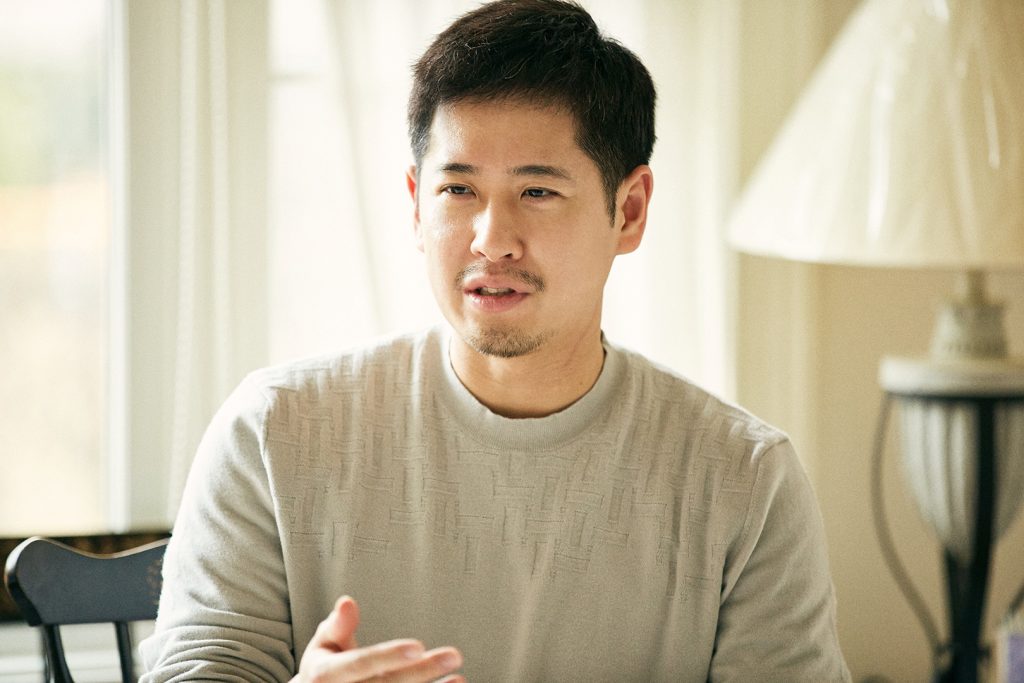
A Unique Culture Created by the Japanese Sense of Smell
— What characteristics of the sense of smell and scent appeal to you, Mr. Hamada?
Hamada: According to brain science, human consciousness is divided into “manifest consciousness” and “subconsciousness,” and the ratio is 1:9. And it is known that the sense of smell accounts for 70 to 80% of the senses that influence the subconscious.
The sense of smell differs from the other senses in the way it is transmitted to the brain. Sight, hearing, taste, and touch are transmitted through the neocortex, the area of the brain responsible for intellectual activity, and primarily affect the manifest conscious mind. The sense of smell, on the other hand, is closely connected to the hippocampus, which is covered by the olfactory cortex, which processes olfactory information, and directly affects the subconscious mind. In other words, the approach to the sense of smell is very important to work on the unconscious that the individual is not aware of.
— So, these characteristics influence the way we sense seasonal changes from the smell of the wind and bring back nostalgic memories.
Hamada: This is what we call the “Proust Effect*”. The sense of smell is not just a sense, but plays an essential role in life. For wild animals, it is an essential sense for survival. From locating enemies and water sources, to determining the safety of food, to sniffing out mates, the sense of smell can mean the difference between life and death.
Although the human sense of sight and hearing has evolved and the sense of smell has degenerated, it still plays an important instinctive role. Take pheromones, for example. Although pheromones themselves do not have a distinct smell, our sense of smell instinctively detects their presence, revealing our likes and dislikes and the state of the other person.
*A phenomenon in which the smell of a particular smell subconsciously evokes memories and feelings from the past that are associated with that smell
— Yes, I think I understand that we can judge our likes and dislikes by smell. Do gender and race differences affect the way we perceive smells
Hamada: Yes. Women have a more developed olfactory cortex than men, so they tend to be more influenced by smells. It is said that Japanese people have one of the best senses of smell and can perceive smells about 2 or 3 times more subtly than Westerners.
As a concrete example, a global hardware manufacturer has devised a way to scent the boxes of its products differently for each country or region. The products for Japan use scents that we have created, and we adjust the scents for each product to create a sense of excitement, the near future, and a sense of metal. This subtlety is unique to Japan compared to other countries and regions.

— So, the reason why delicate scents are preferred to strong, assertive ones has to do with this sensitivity?
Hamada: Yes, that’s right. It is said that Japanese people have a large number of neurons that detect the sense of smell and well-developed olfactory receptors. In addition, the lack of body odor and the unique natural environment of the island countries are thought to have fostered this sensitivity. As a result, a globally sensitive culture, including Japanese cuisine, has blossomed.
The culture of scent has existed since ancient times, and in the Heian period (794-1192) it was already being enjoyed in a refined form. For example, people transferred scents to kimonos, competed with each other for the best scent by bringing their own mixed pastille, and even composed waka poems based on the image of the scent in a game called “Takimono Awase (Scent Matching). In the Muromachi period (1333-1573), the art of “Kodo”, or the art of burning fragrant woods and distinguishing scents, was established.
We value this unique Japanese scent culture and are working to revitalize the Japanese sense of smell. At the same time, we are striving to create scents that incorporate regional characteristics.
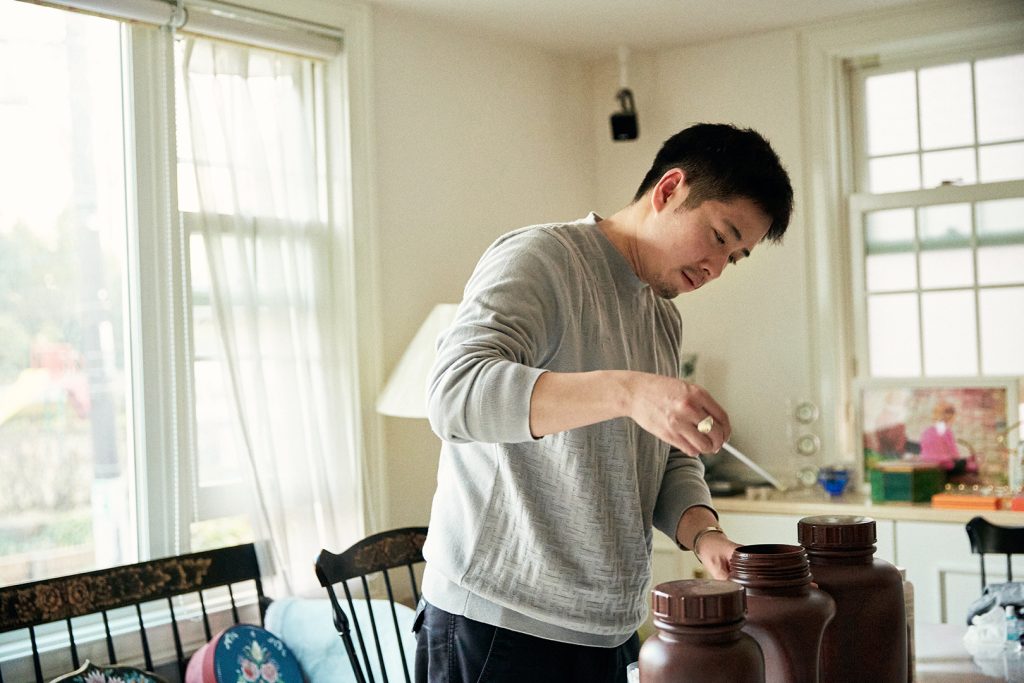
The Secret of Scents that Work on the Unconscious Mind
— You mentioned earlier in your case studies that you use scent to solve various problems. What exactly is it about scent that works on the unconscious mind and changes people’s behavior?
Hamada: There are two kinds of incenses: natural and synthetic. Synthetic incenses can create an impression, but they cannot change behavior. Natural incenses, on the other hand, work on the unconscious and evoke a physical response. Plant-derived ingredients have pharmacological effects, like those in Chinese medicine, which are used for different purposes.
— What kind of changes can we expect from using these scents?
Hamada: For example, it can increase the time customers spend in the store and increase their exposure to the products. It is also possible to stimulate appetite or suppress it. In addition, by analyzing pheromones and creating pheromones that are compatible with the person, it is possible to create scents that make a good impression.
Scent also helps improve concentration, and JGA first interviews customers to understand their needs and the situations in which they want to improve their concentration, such as studying, driving, playing sports, or listening to music. Then, after several sample prototypes and adjustments, we determine the final blend. We handle more than 200 types of scientifically proven fragrances alone, so we can handle a wide variety of issues.

— Do you create scents that are consciously perceived and those that work on the unconscious mind separately?
Hamada: Basically, they are created separately, but sometimes they are combined. For example, by embedding a scent that promotes behavioral change in an impressive scent, as in the case of medicine capsules, it is possible to work on the unconscious mind in a natural way.
— It seems that developing a scent requires not only meticulous research and close communication with the client, but also sensibility.
Hamada: That is true. We have hired artists as full-time employees with the aim of understanding their talents, commercializing them, and giving back to society. Even in the field of scent, the sensibility of artists plays an important role in our pursuit of high quality.
In addition, we not only embody the invisible scent, but also verbalize and visualize its expression to create a satisfying scent with our clients.
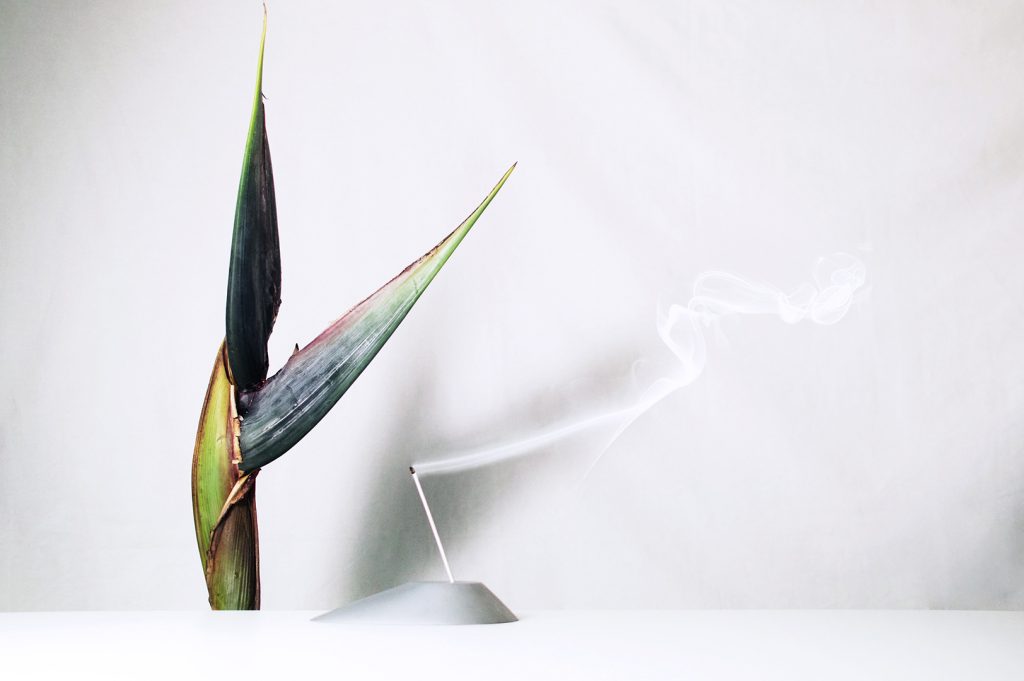
The Age of Delivering “Presence”? Future Experiences Created by Technology x Scent
— In recent years, the development of AR and VR has expanded our senses. What value do you think will be created by incorporating scent into digital experiences?
Hamada: The digitization of vision and hearing is common, but research is also progressing on the digitization of taste. For example, technology is being developed to reproduce taste using electrical signals. If this technology can be applied to the sense of smell, it will make 4D experiences more accessible and change the way we communicate.
If a device can detect a person’s scent and reproduce it on our side when we are talking to someone at a distance, we must feel as if we are face to face, even through a screen.
— Can scent reproduce the reality of a face-to-face encounter?
Hamada: We think of scent as “presence (not clearly visible, but vaguely perceptible)”. “Ma (spaces between things)” of any kind can be expressed by a “presence”. If we can convey scent through digital technology, it will create a realistic sense of presence that we have not been able to feel through a screen.
For example, if a person in the hospital can communicate with family members who live far away while feeling their presence, that time will be very heartwarming. Also, if we had technology that could sense the scent of distant places, it would be possible to enjoy the scent of Jomon-sugi Ceder on Yakushima Island at home. This would be of great value to people with weak legs or backs, or those who have difficulty moving due to illness.
— But aren’t there many challenges in reproducing the scent?
Hamada: Yes, there are many technical hurdles. With current technology, I think it is possible to reproduce a certain amount of scent if we have about 1,000 different fragrances, but the sense of smell is very complex, and the composition of scents is not fully understood.
For example, we know up to 99.7% of the scent of lavender, but 0.3% is unknown. We don’t even know what the other ingredients are or what effects they have. If that is the case, we will not be able to reproduce lavender as it really is. It is also physically difficult to carry 1,000 different fragrances, so miniaturizing the reproduction technology is also a challenge.
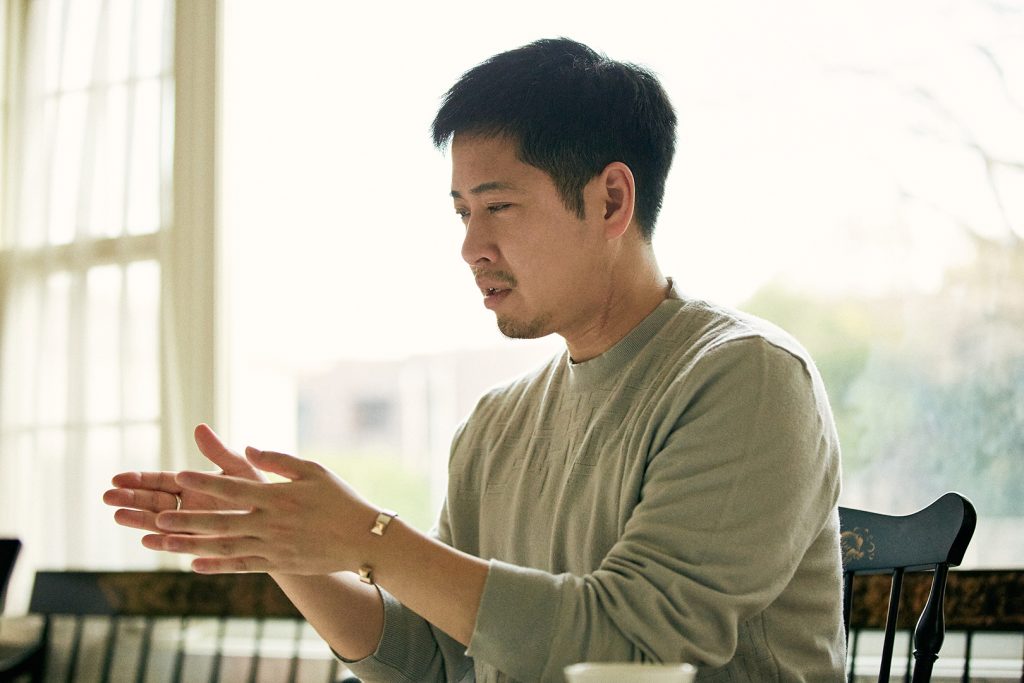
— What are your expectations for the technological development of the sense of smell?
Hamada: I think the essence of the sense of smell is the ability to detect crises. In the medical field, if technology is developed to detect the smell of cancer or diabetes, it will make health diagnosis easier. If smartphones are equipped with scent sensors, we may be able to check our physical condition every day through the smell of our bodies.
Currently, we hear that AI has progressed to learning several thousand types of scents, but it will take at least 100,000 types to reach a practical level.
— If people can sense smells with high precision instead of their own noses, the way they perceive the world will probably change dramatically
Hamada: That’s right. One of the aftereffects of the COVID-19 pandemic was a major problem of olfactory impairment. If you can’t smell, you can’t perceive not only the taste of food, but also what’s in the space, in other words, you can’t perceive “presence”. If a technology were developed that could supplement the sense of smell with electrical signals, I think a lot of people could be saved.
— Finally, is there anything you would like to achieve through the fusion of technology and scent?
Hamada: From a healthcare perspective, we would like to analyze the components of fragrances more precisely and develop scents with new efficacy. It is also important to work on promoting scent as a cultural element.
By working with businesses that own spaces and providing them with scented spaces, we will create rich moments and experiences. We would then like to expand the culture of scent by having many people enjoy these experiences.
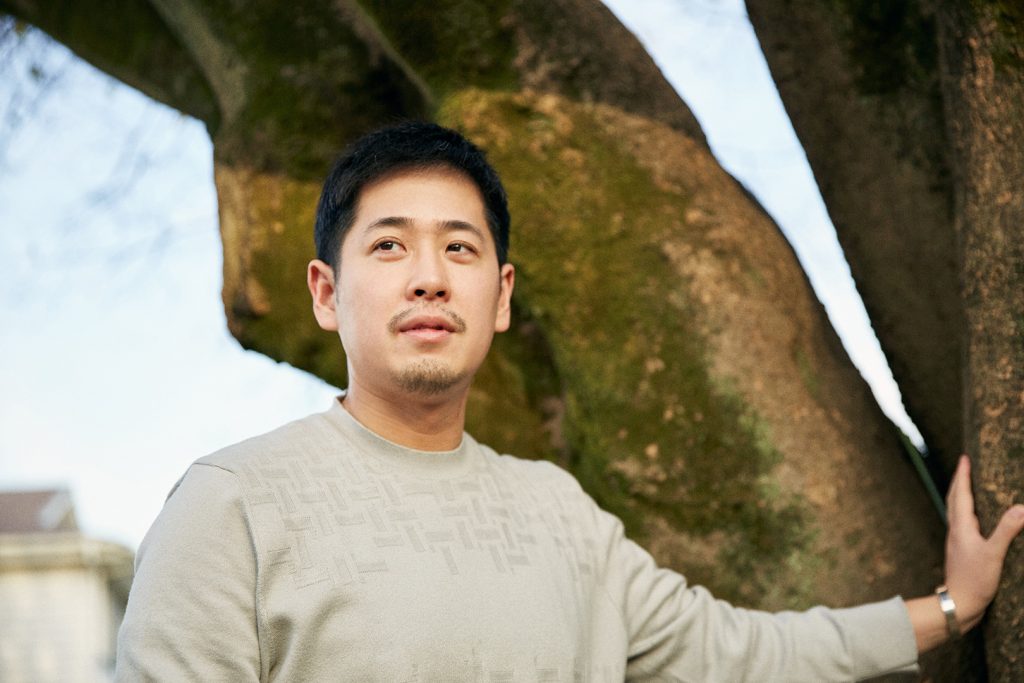
Guest Profile
-
Gouchi Hamada
Gouchi Hamada
Born in Washington, D.C., USA. Developed the “scent marketing business using space scenting and scents” at Japan Global Association. Worked on space branding and scenting for many 5-star hotels, high brands and restaurants.
- Website: https://jaga.co.jp/
Co-created by
-
Eri Ujita
Writer, Editor
Eri Ujita
Writer, Editor
Freelance writer and editor. Specialises in communication design and sound art. I try to capture and convey the ‘good cycle created by expression’.
-
Kyoko Asano
Photographer
Kyoko Asano
Photographer
Tag
Share
Discussion
Index
Index
Archives
Recommend
Recommend
Recommend
Recommend
Recommend
-

{ Special }
Jibun-chi
Jibun-chi
Jibun-chi
-

{ Special }
Virtual Visionaries: 『Empathetic AI identities』
Virtual Visionaries: 『Empathetic AI identities』
Virtual Visionaries: 『Empathetic AI identities』
-

{ Special }
Unlocking New Worlds: How Gaming is Leading Southeast Asia’s Journey into Web3
Unlocking New Worlds: How Gaming is Leading Southeast Asia’s Journey into Web3
Unlocking New Worlds: How Gaming is Leading Southeast Asia’s Journey into Web3
-

{ Special }
DESIGN FOR THE METAVERSE
DESIGN FOR THE METAVERSE
DESIGN FOR THE METAVERSE
Hot topics
Hot topics
Hot topics
Hot topics
Hot topics
-

{ Community }
Scent Transcends Memory to Change Behavior. The Future of Digital x Olfaction, by Scent Marketing Pro Gouchi Hamada
Scent Transcends Memory to Change Behavior. The Future of Digital x Olfaction, by Scent Marketing Pro Gouchi Hamada
Scent Transcends Memory to Change Behavior. The Future of Digital x Olfaction, by Scent Marketing Pro Gouchi Hamada
-

{ Community }
The stage is a restroom designed by Tadao Ando. Possibilities of media mix that GEMINI pioneers.
The stage is a restroom designed by Tadao Ando. Possibilities of media mix that GEMINI pioneers.
The stage is a restroom designed by Tadao Ando. Possibilities of media mix that GEMINI pioneers.
-

{ Community }
“Conveying the Moment of ‘Now’ in History: Catalan Artist Xavi Bové’s Light Expressions”
“Conveying the Moment of ‘Now’ in History: Catalan Artist Xavi Bové’s Light Expressions”
“Conveying the Moment of ‘Now’ in History: Catalan Artist Xavi Bové’s Light Expressions”
-

{ Community }
“Designing with Heart: How Amanda Talbot is shaping a better future through emotionally intelligent AI”
“Designing with Heart: How Amanda Talbot is shaping a better future through emotionally intelligent AI”
“Designing with Heart: How Amanda Talbot is shaping a better future through emotionally intelligent AI”
-

{ Community }
Unearthing the Future: How ancient history can guide modern innovation with Darius Arya
Unearthing the Future: How ancient history can guide modern innovation with Darius Arya
Unearthing the Future: How ancient history can guide modern innovation with Darius Arya
-

{ Community }
Interview with Masayoshi Yokoyama from Ryu Ga Gotoku Studio. Talks about reality in games and the future of the industry
Interview with Masayoshi Yokoyama from Ryu Ga Gotoku Studio. Talks about reality in games and the future of the industry
Interview with Masayoshi Yokoyama from Ryu Ga Gotoku Studio. Talks about reality in games and the future of the industry
-

{ Community }
The new form of pilgrimage. What is the border of real and fictional worlds that Petra Szemán pictures?
The new form of pilgrimage. What is the border of real and fictional worlds that Petra Szemán pictures?
The new form of pilgrimage. What is the border of real and fictional worlds that Petra Szemán pictures?
Special
Special
Special
Special
Special
Featured articles spun from unique perspectives.
What Is
“mirror world”...
What Is
“mirror world”...
What Is
“mirror world”...
What Is
“mirror world”...
What Is
“mirror world”...
“mirror world”... What Is
“mirror world”... What Is
“mirror world”... What Is
“mirror world”... What Is
“mirror world”...
Go Down
Go Down
Go Down
Go Down
Go Down
The Rabbit
The Rabbit
The Rabbit
The Rabbit
The Rabbit
Hole!
Hole!
Hole!
Hole!
Hole!
Welcome To Wonderland! Would You Like To Participate In PROJECT GEMINI?

